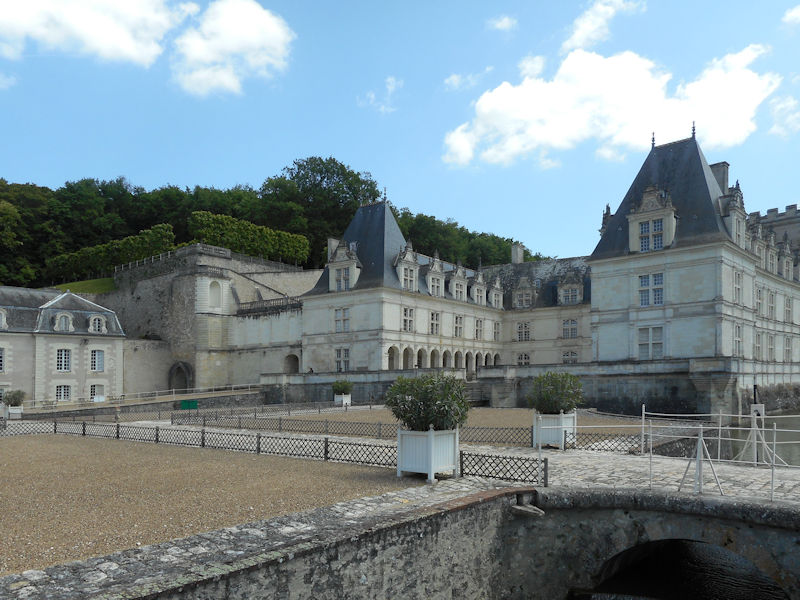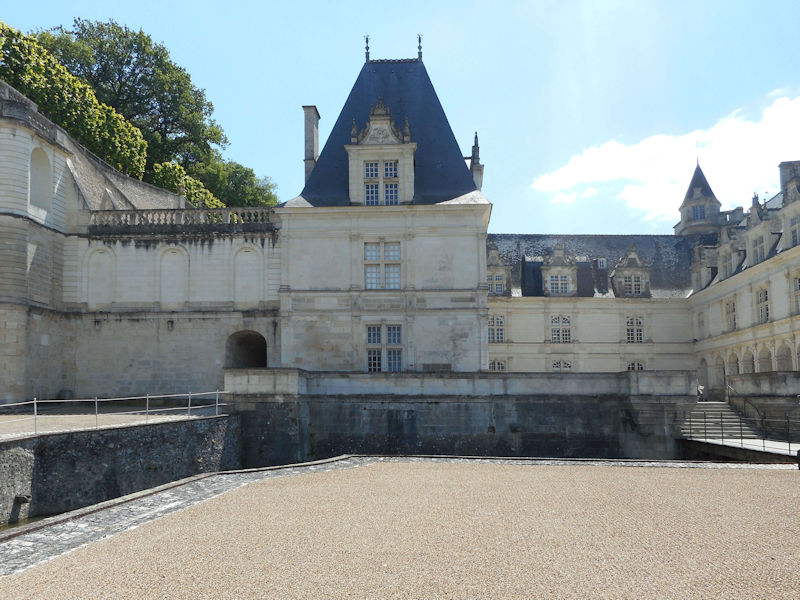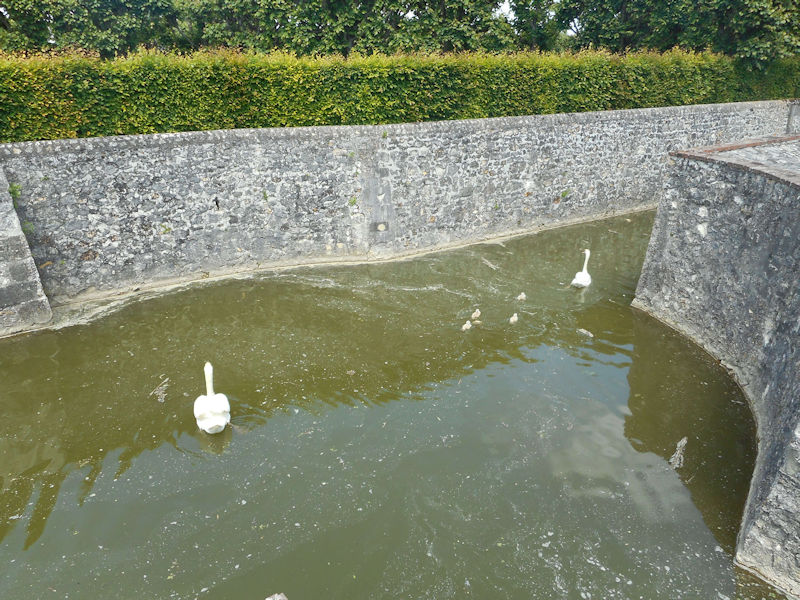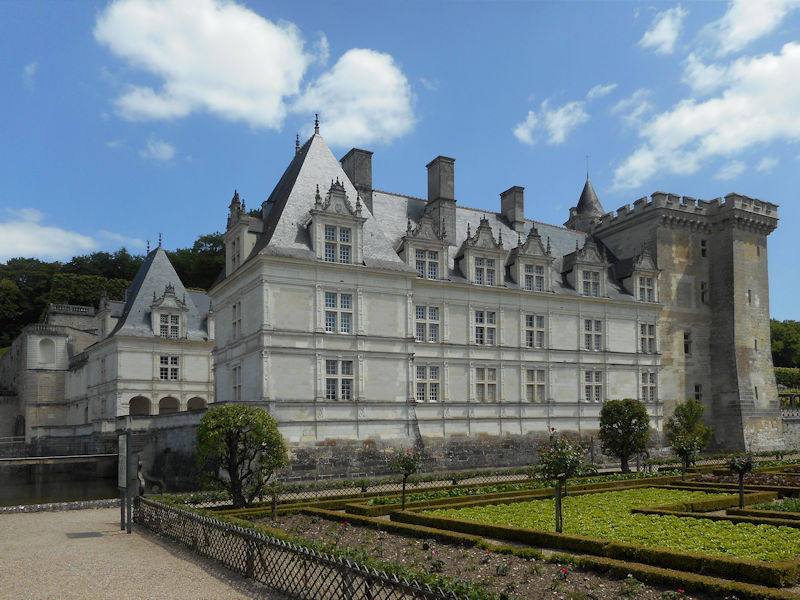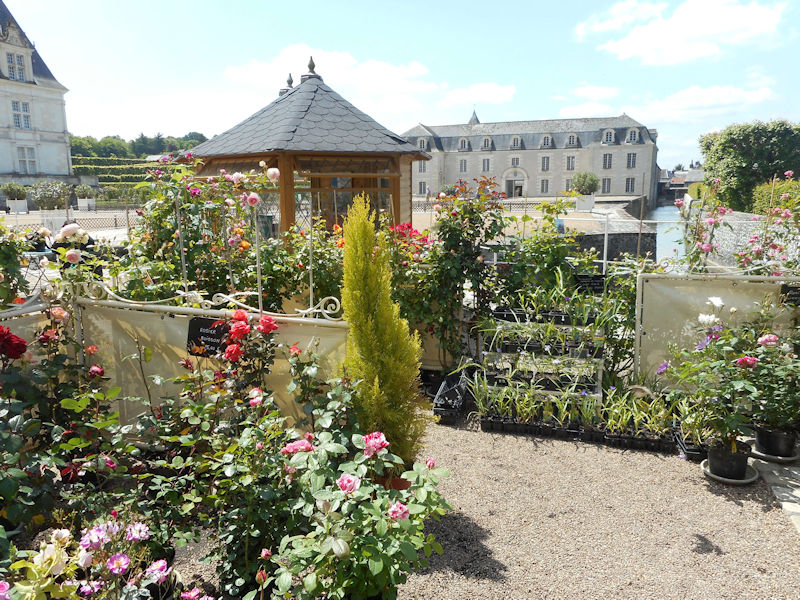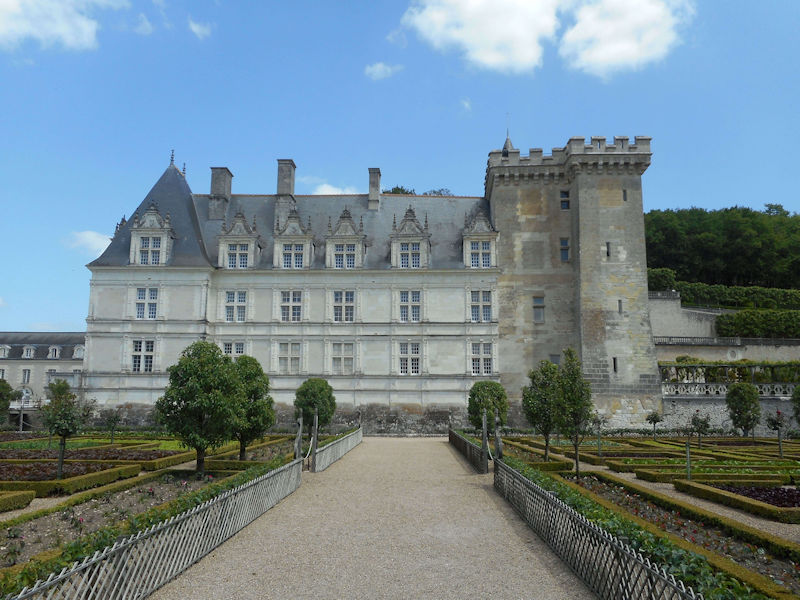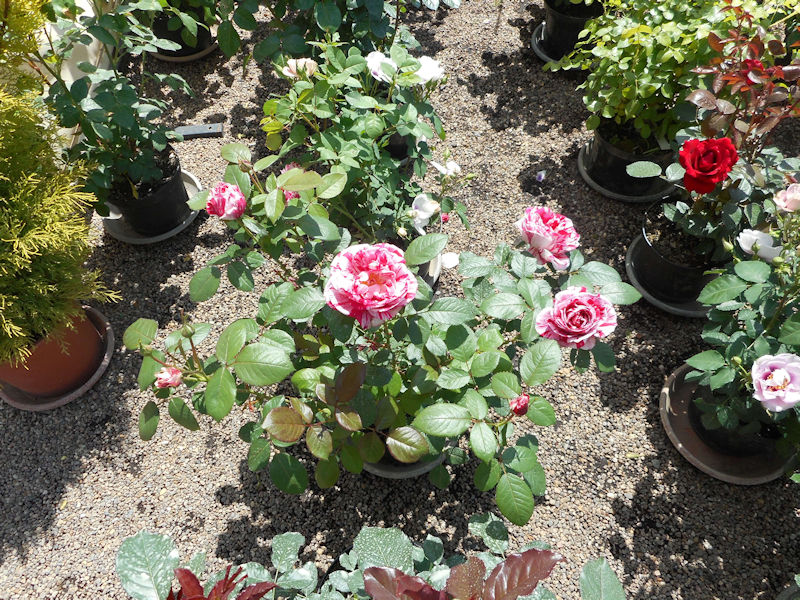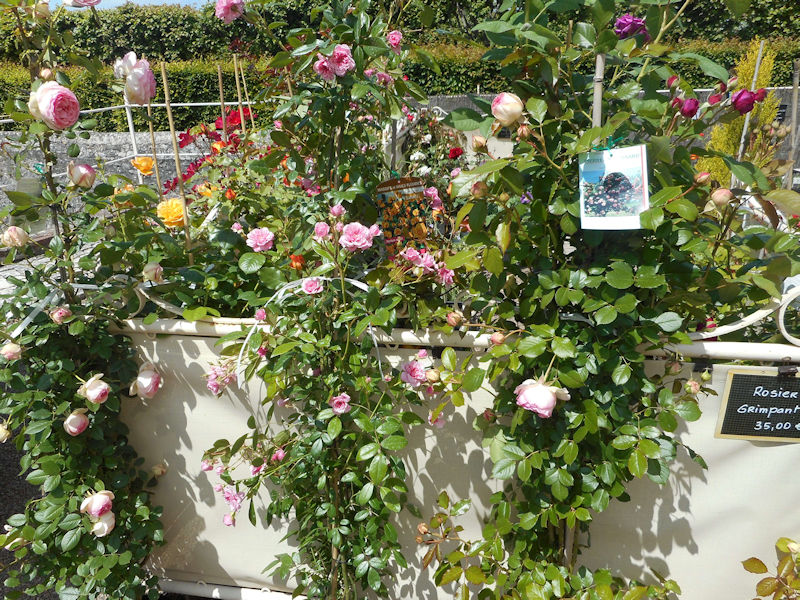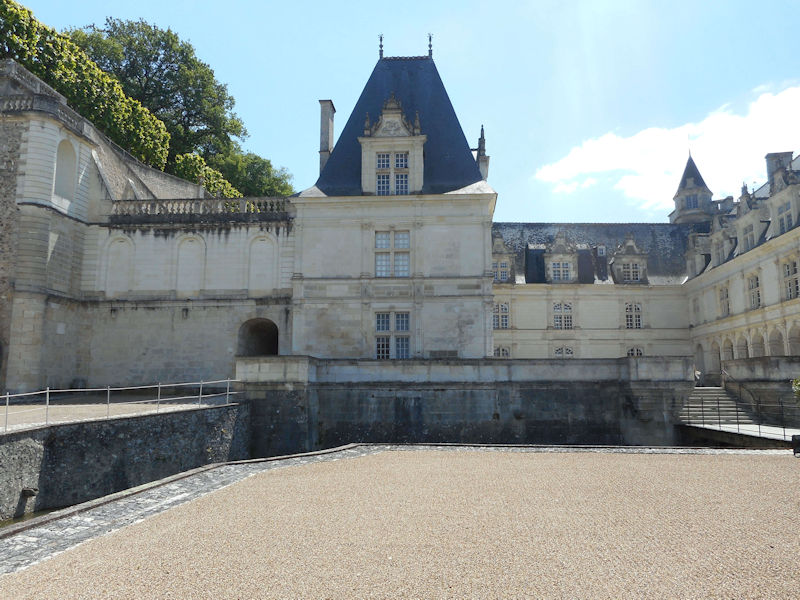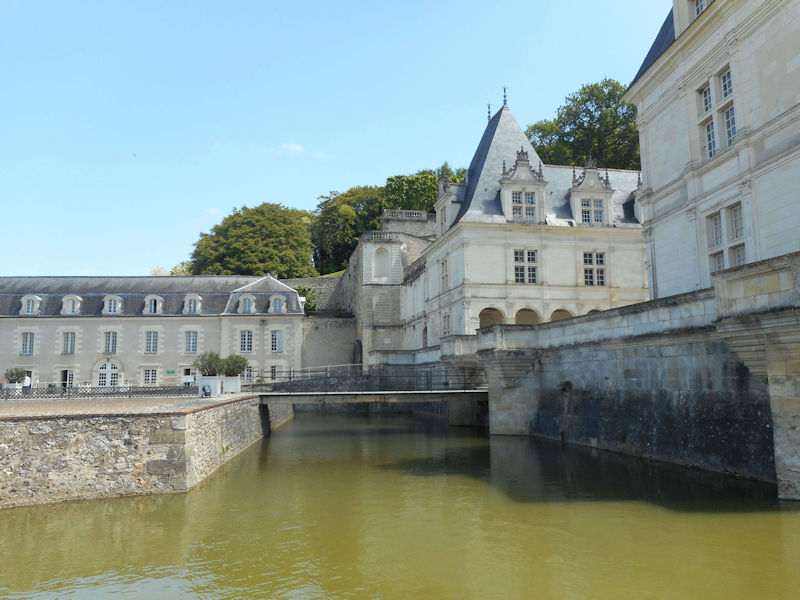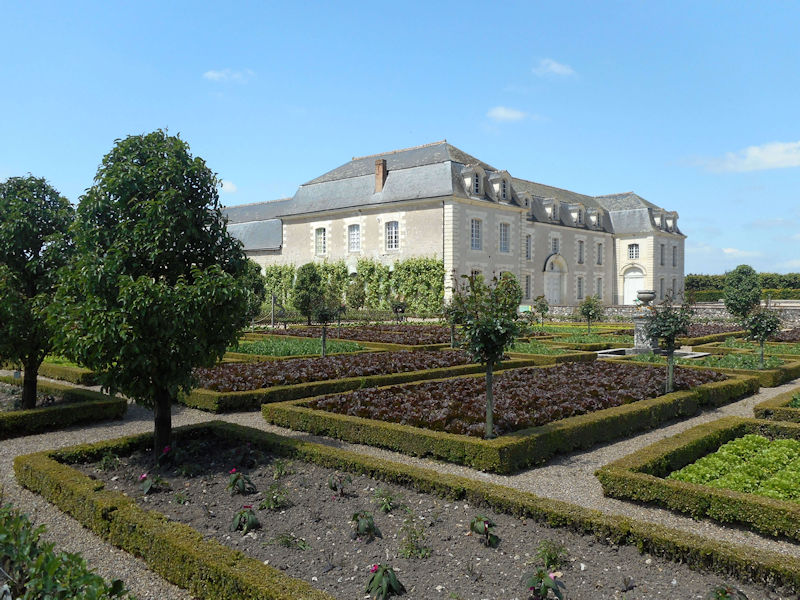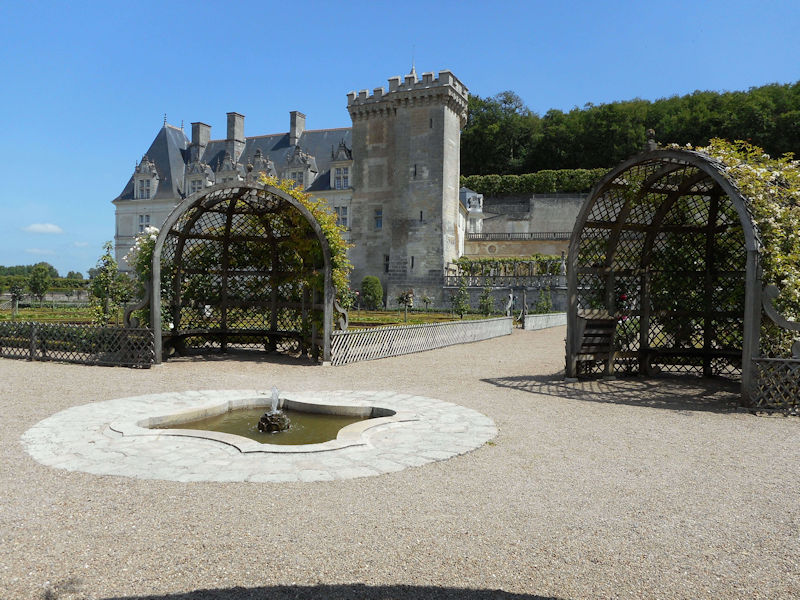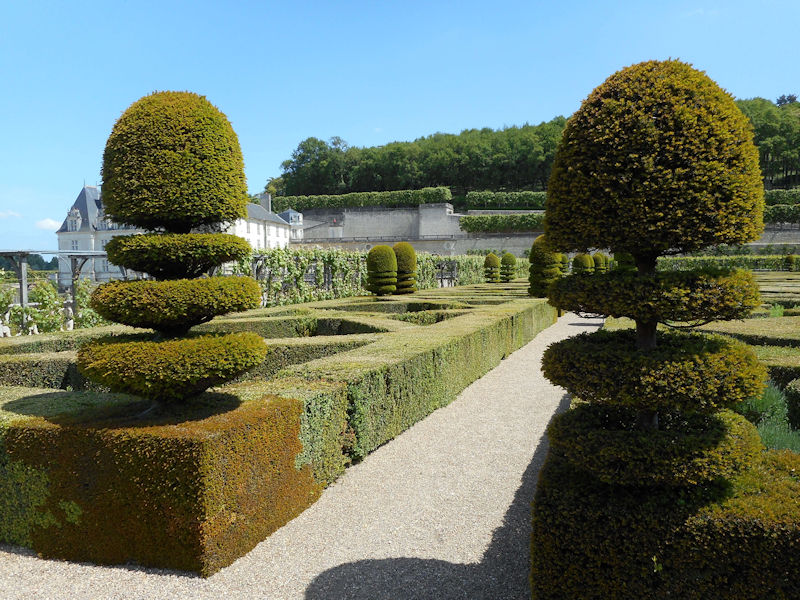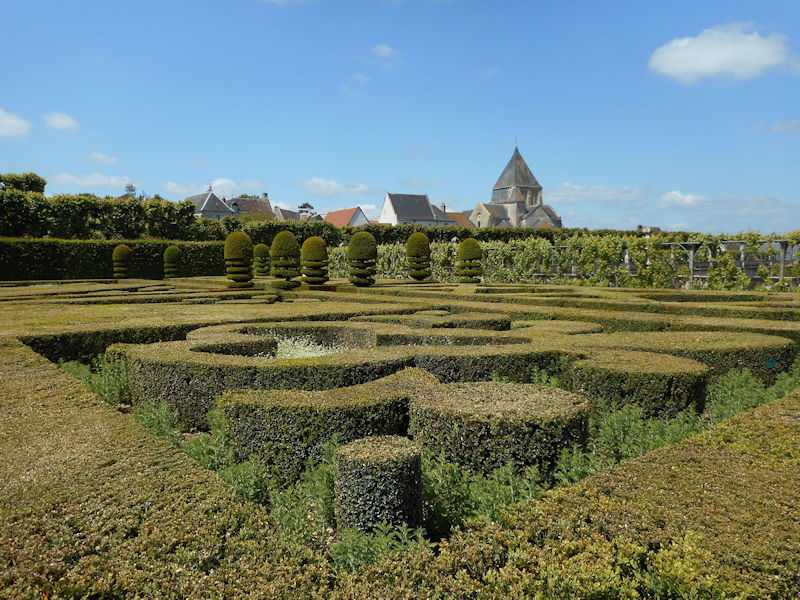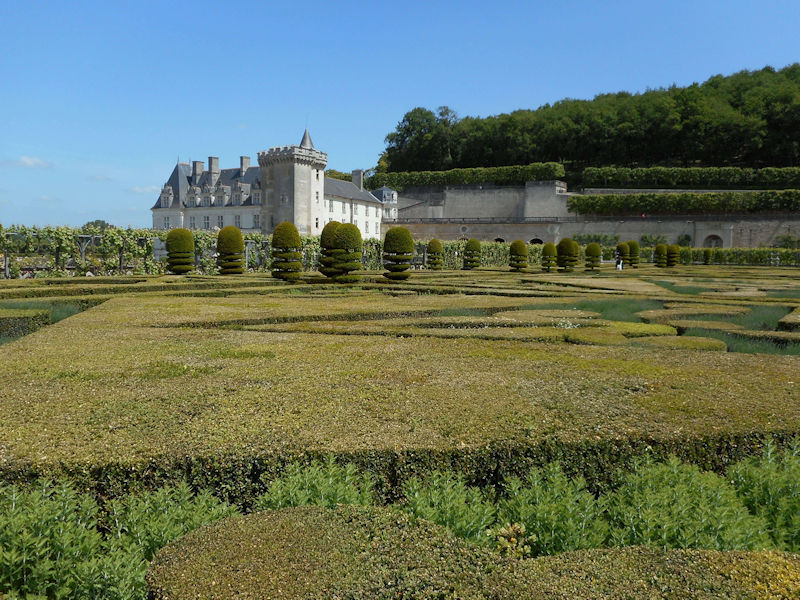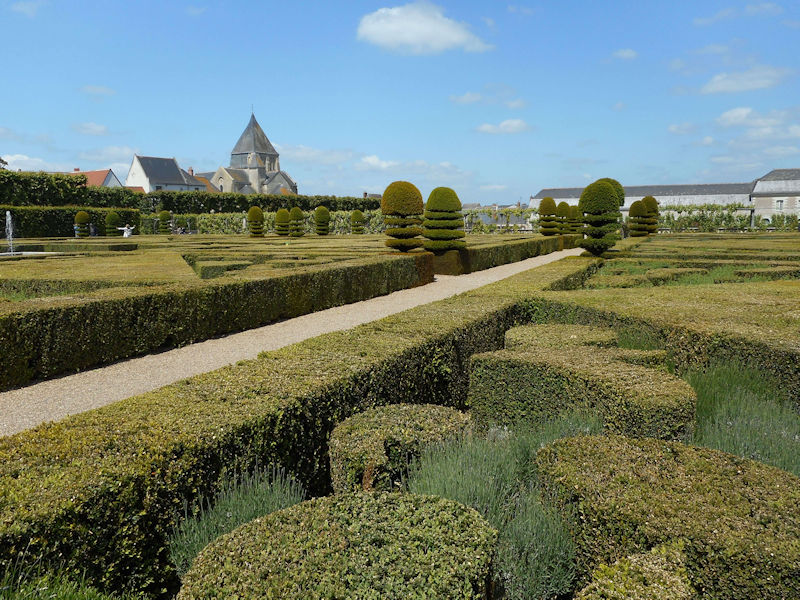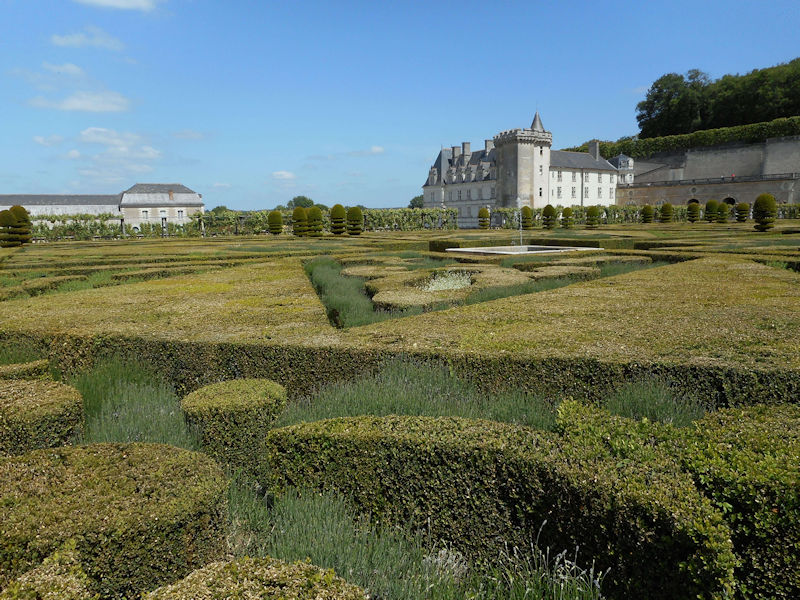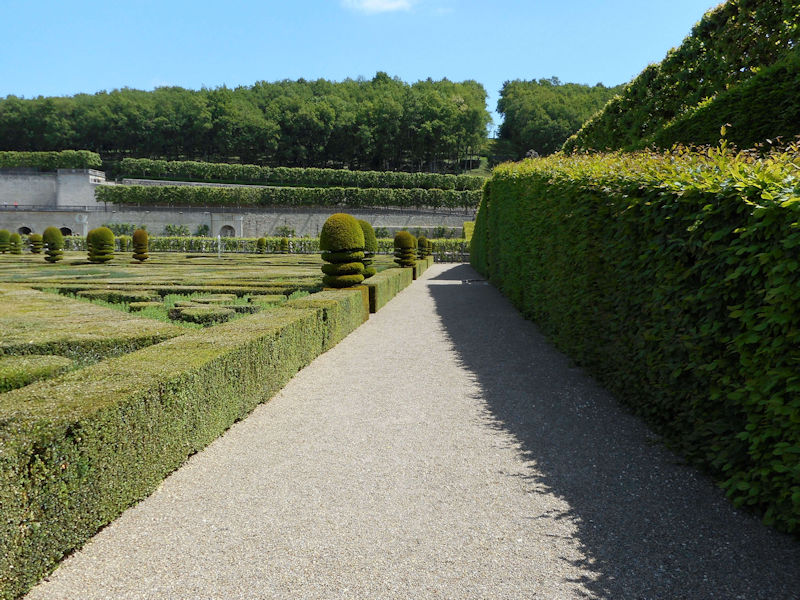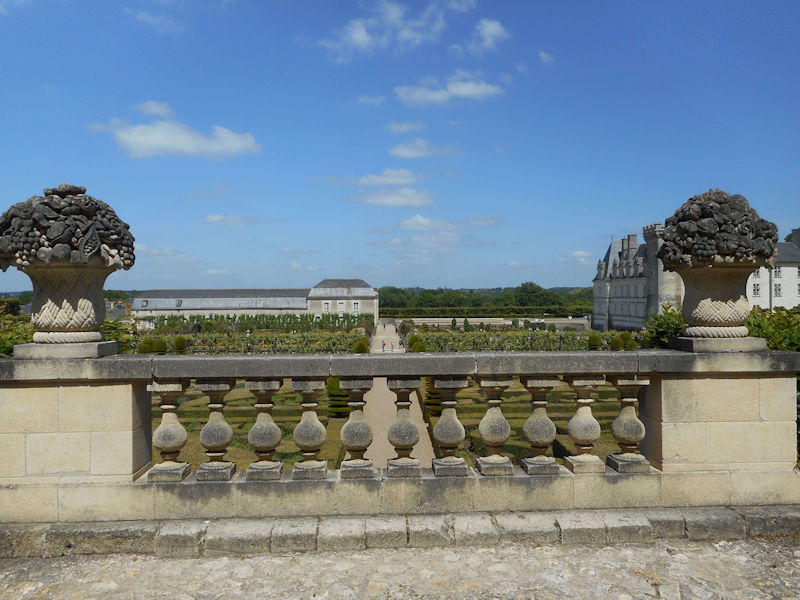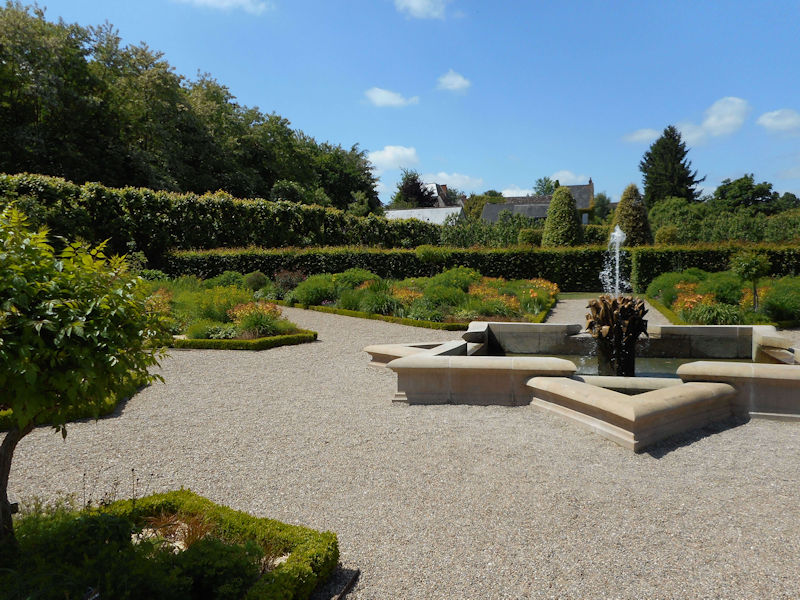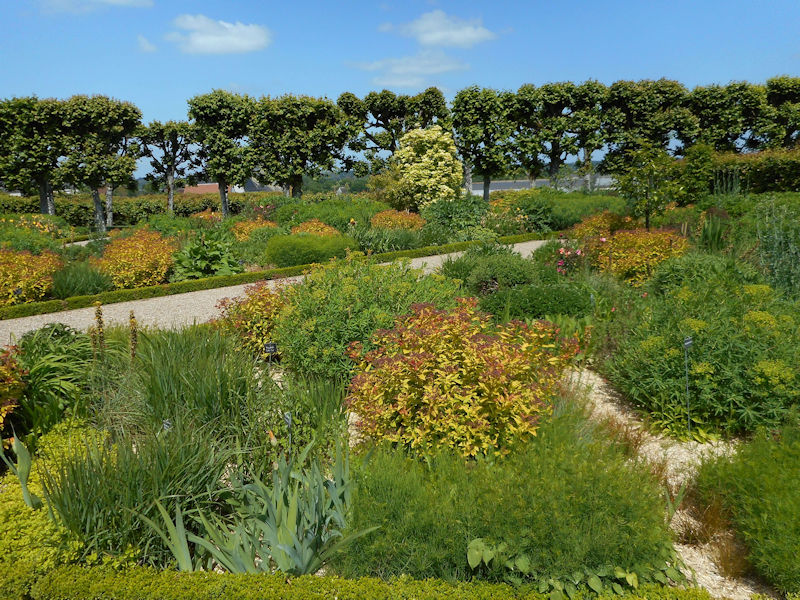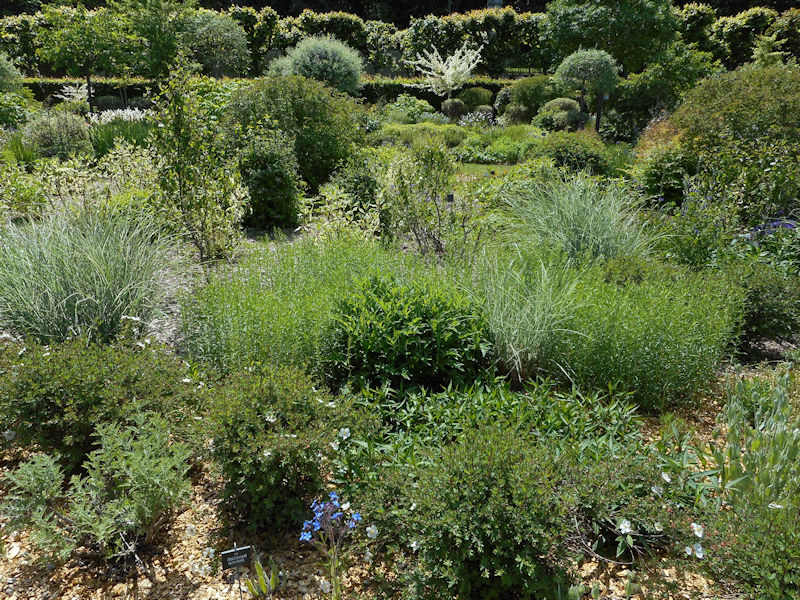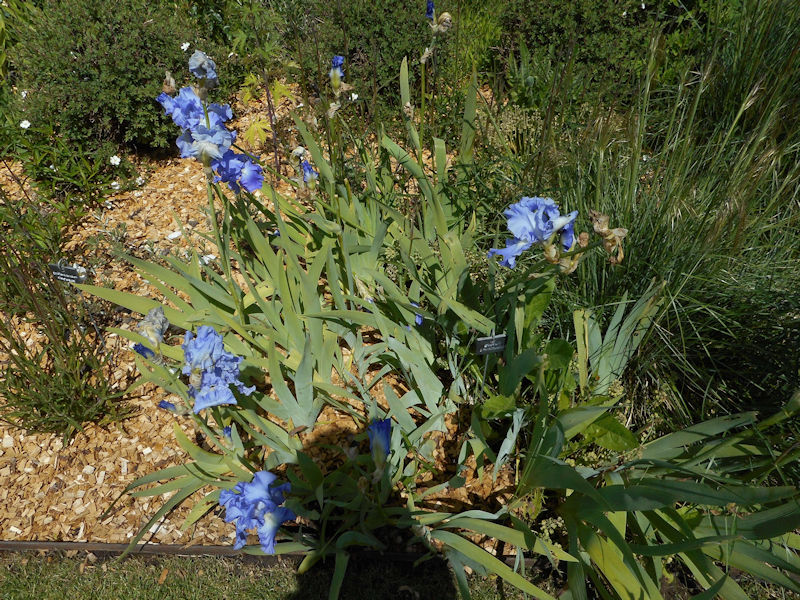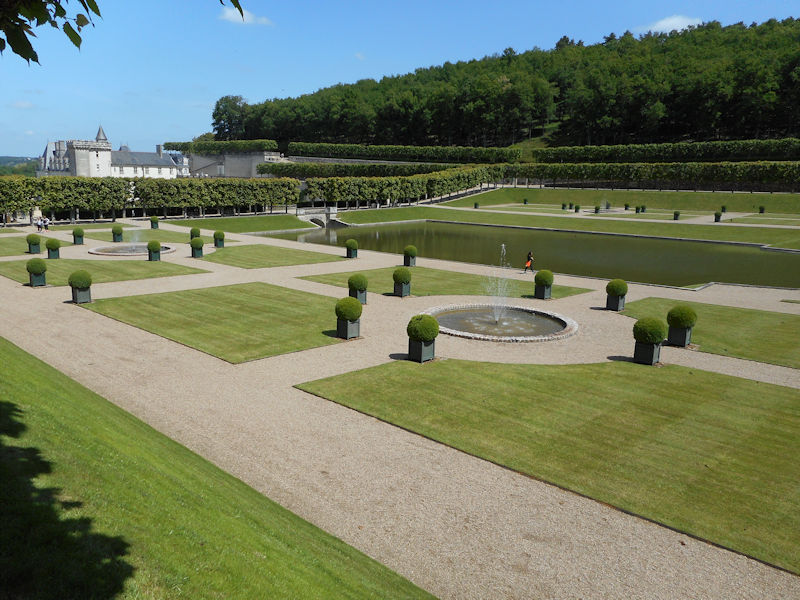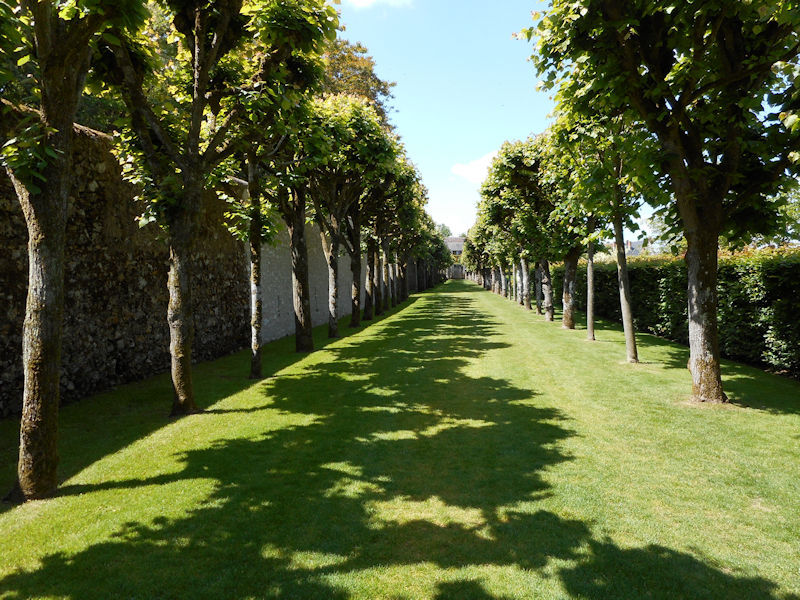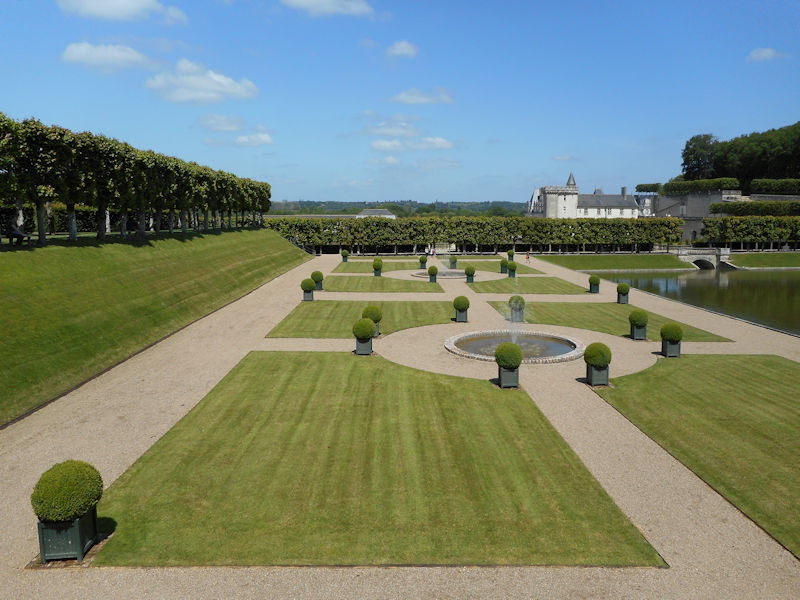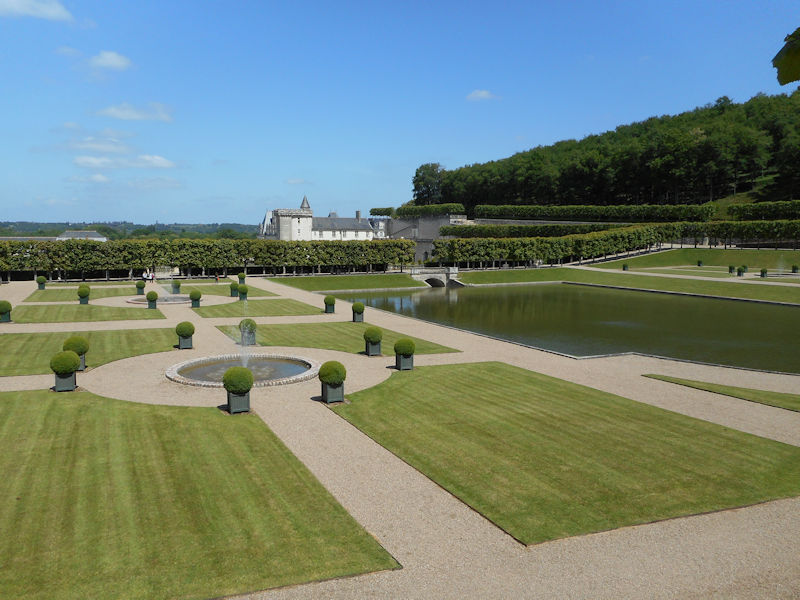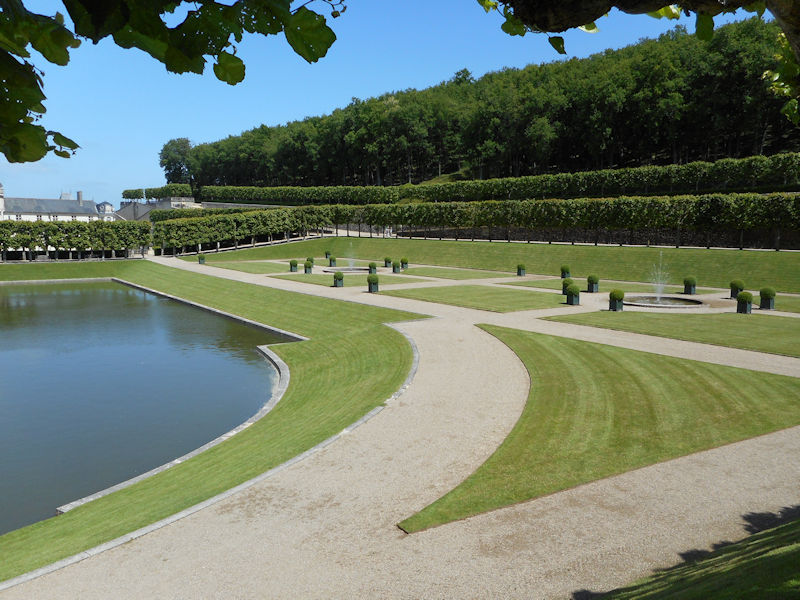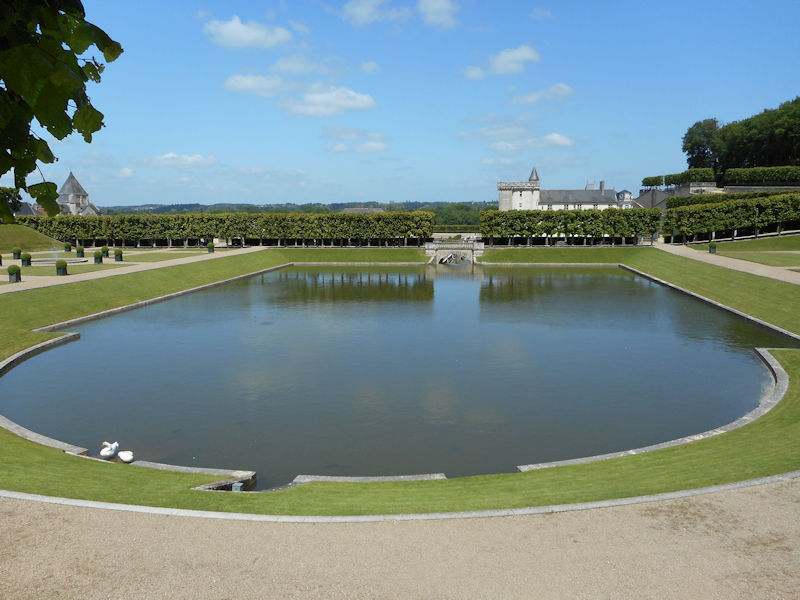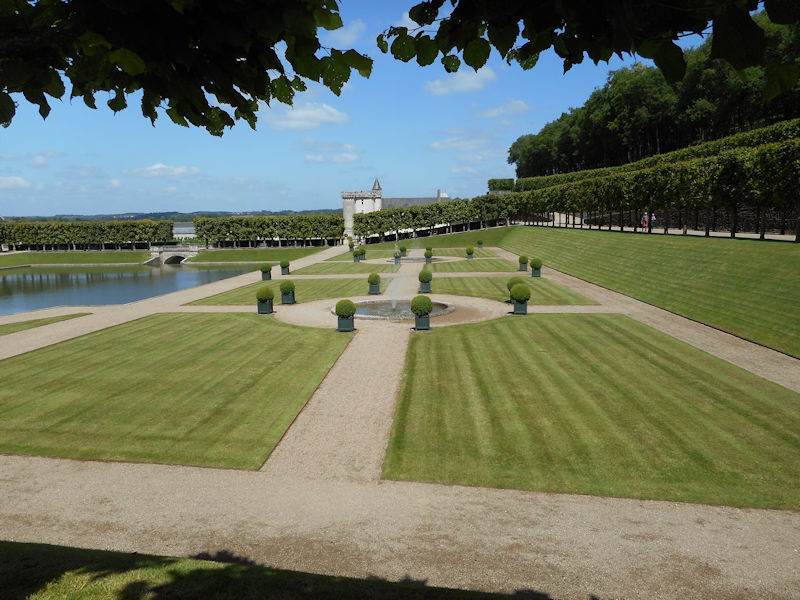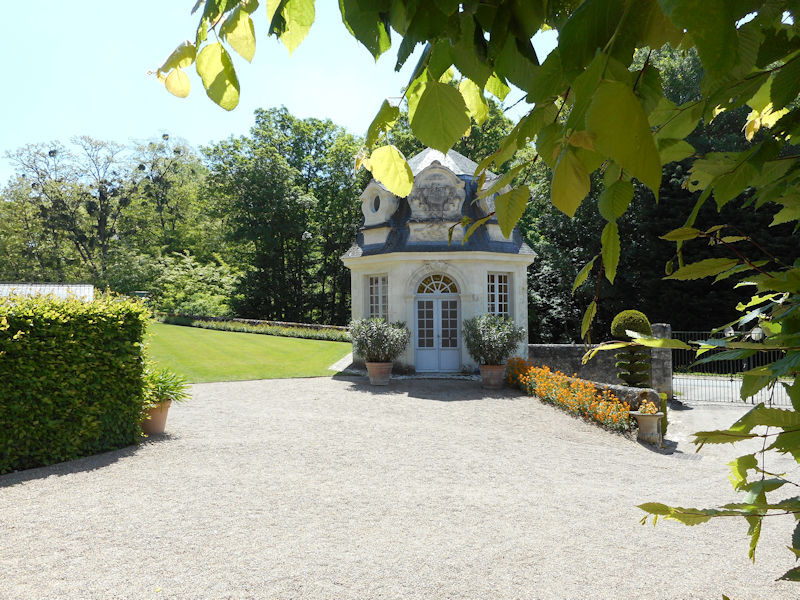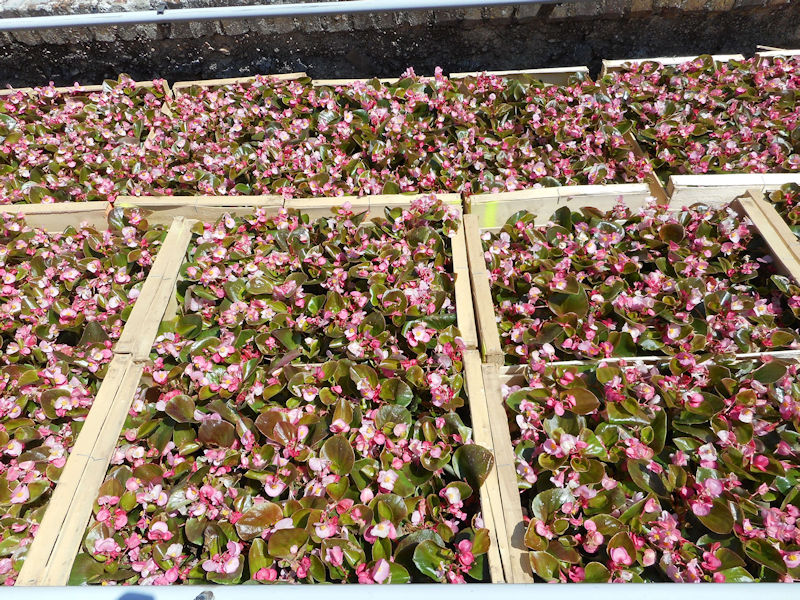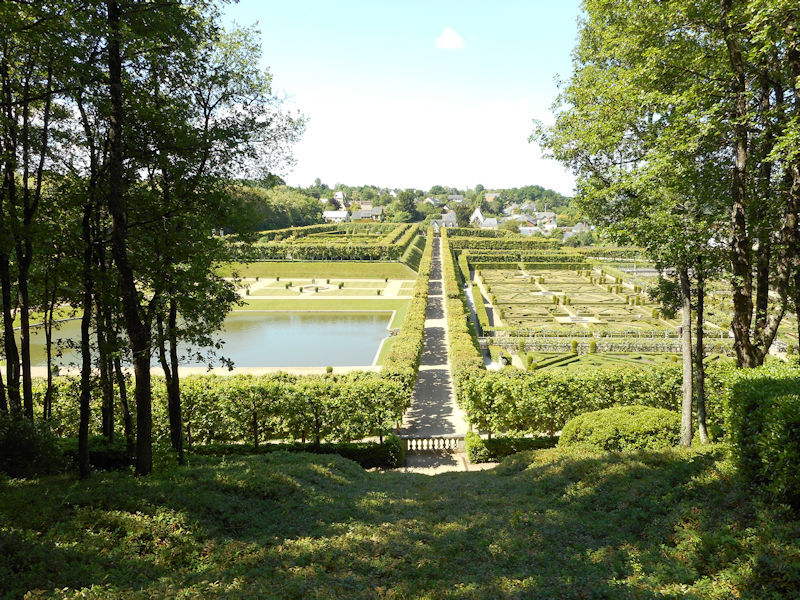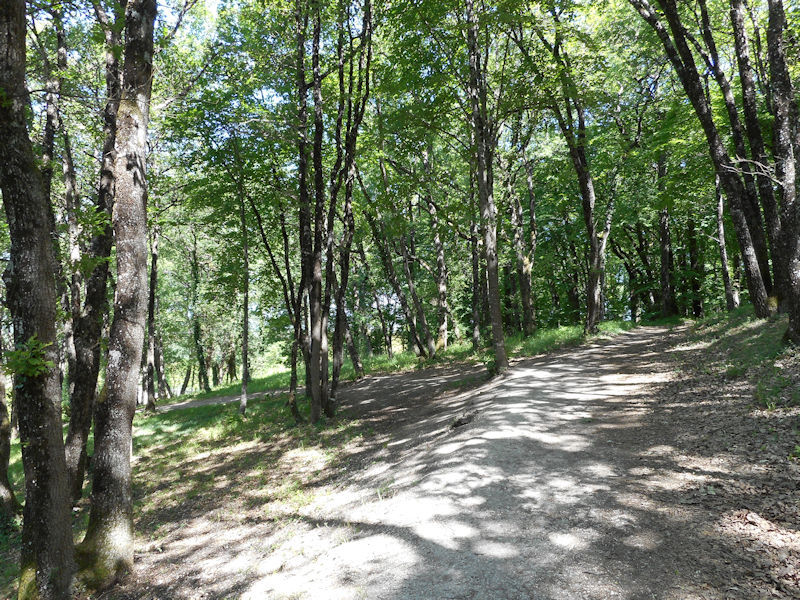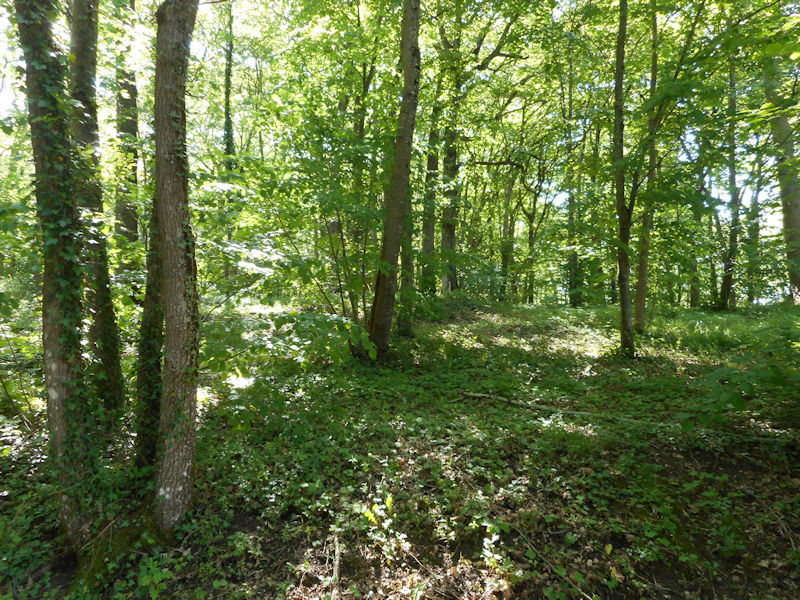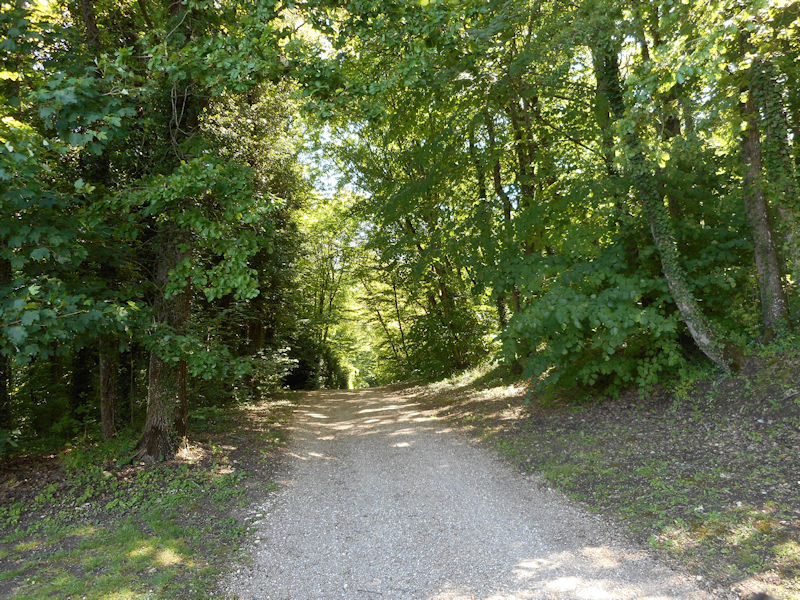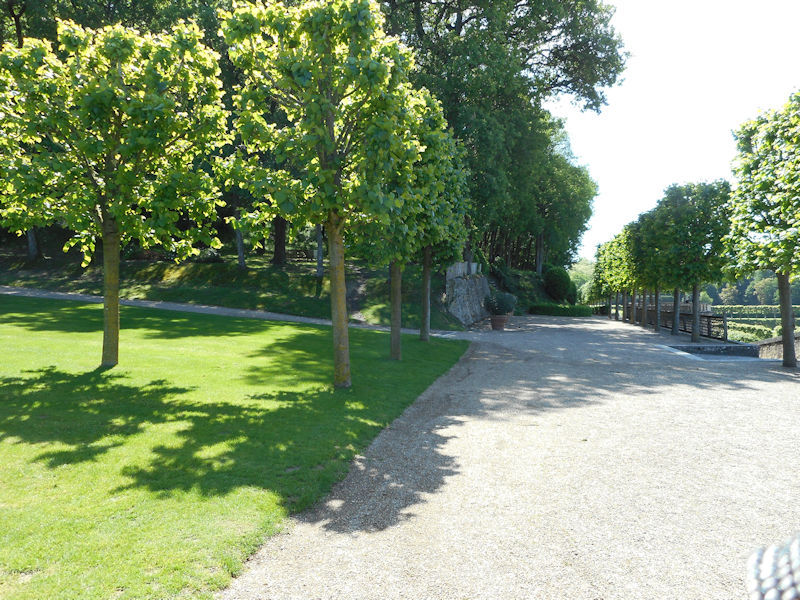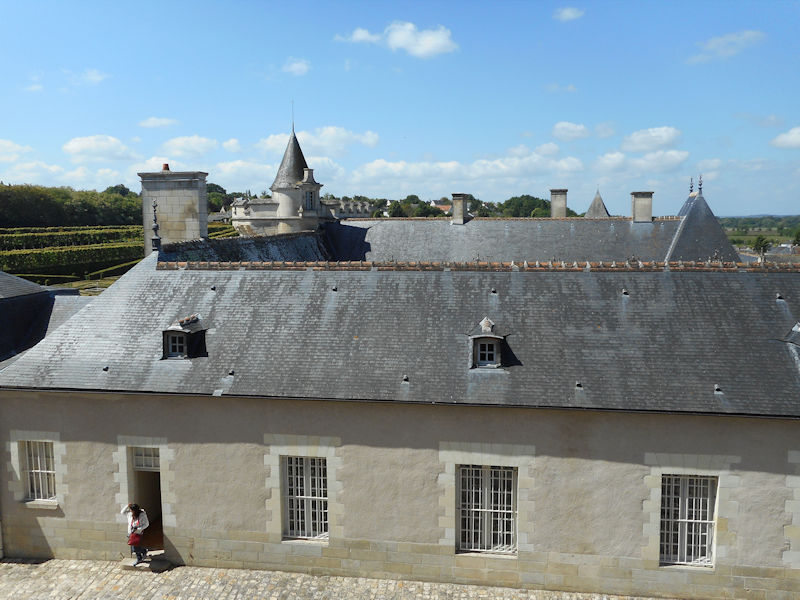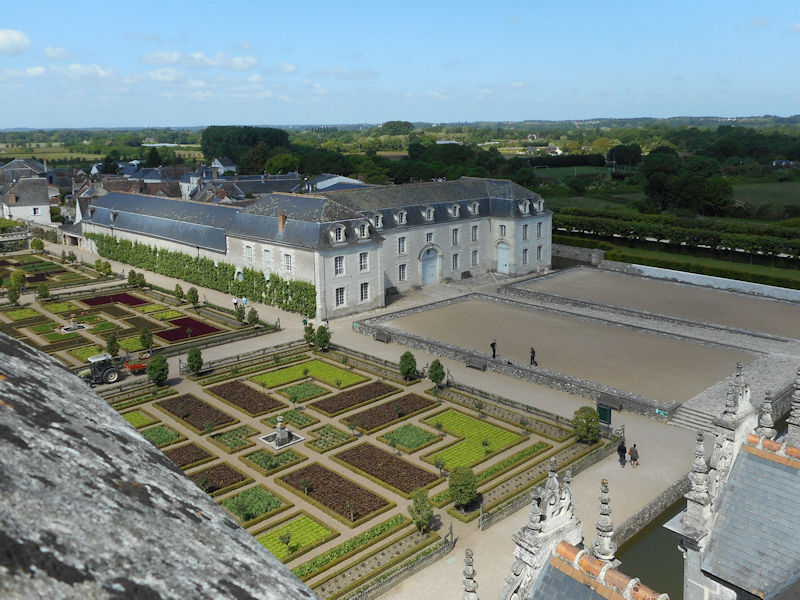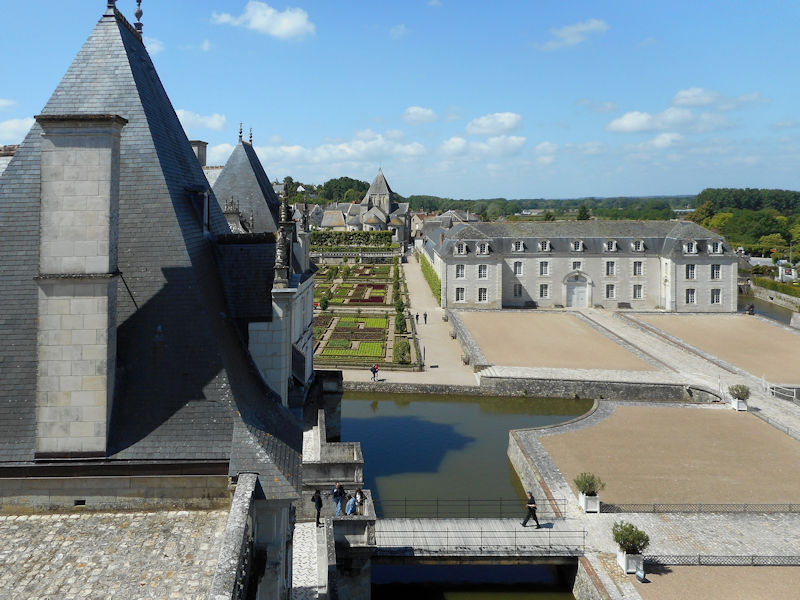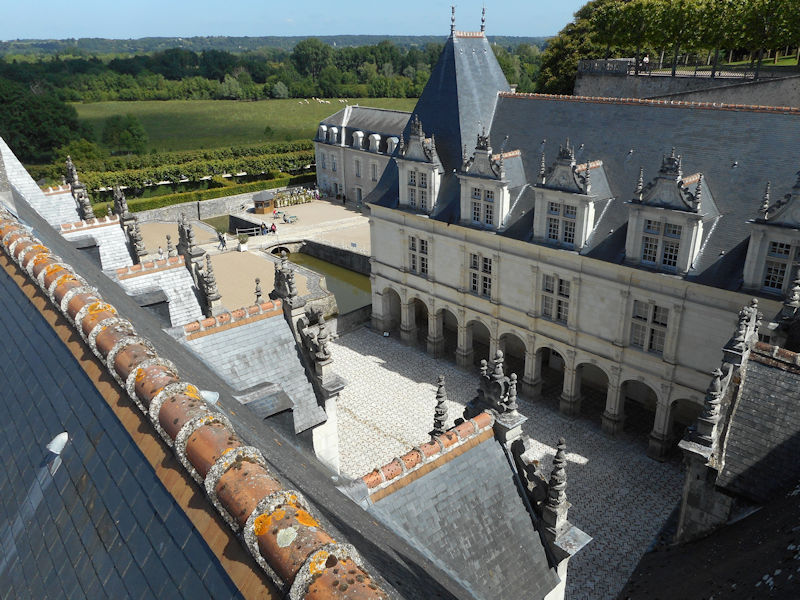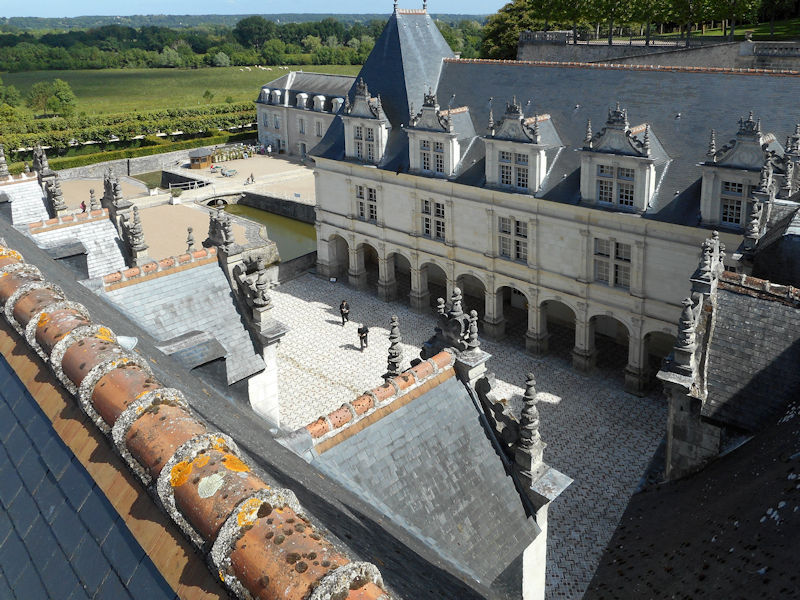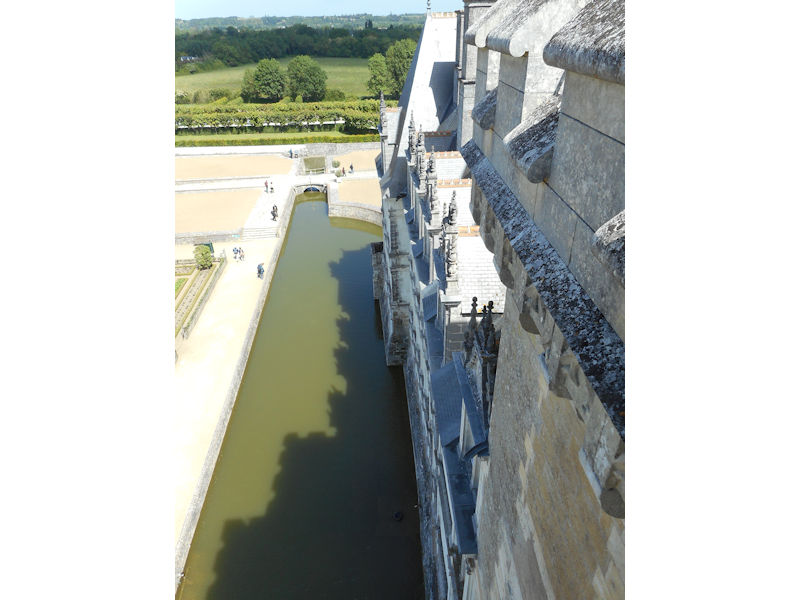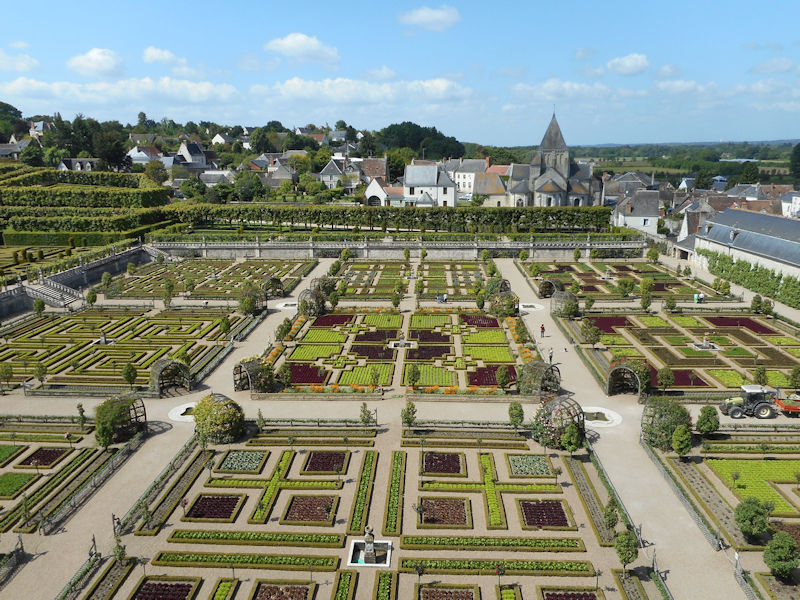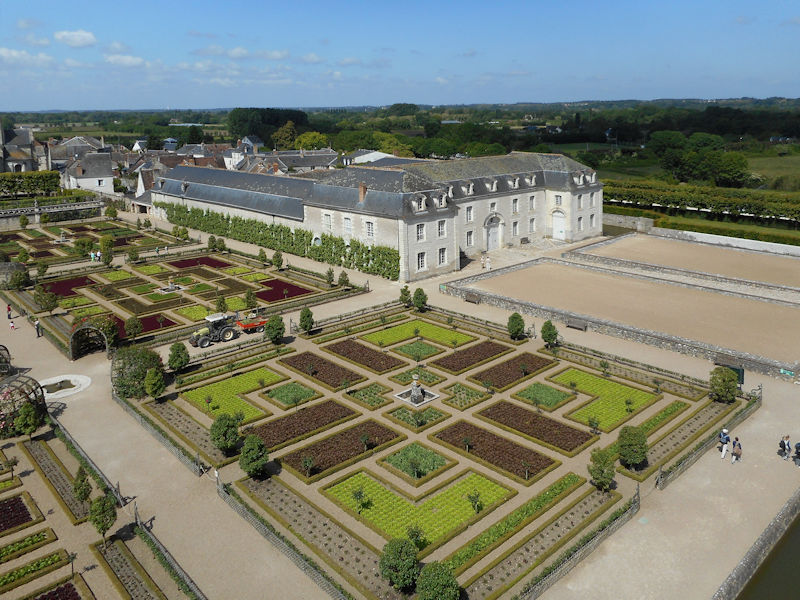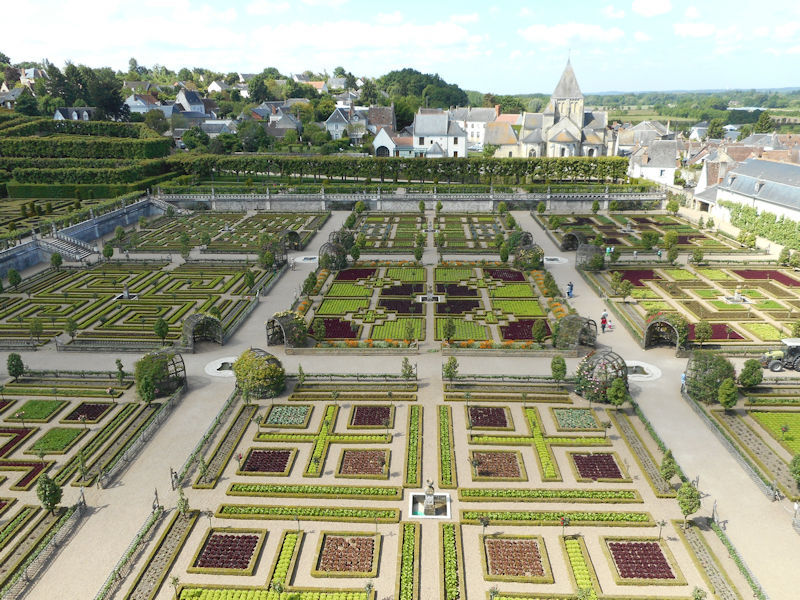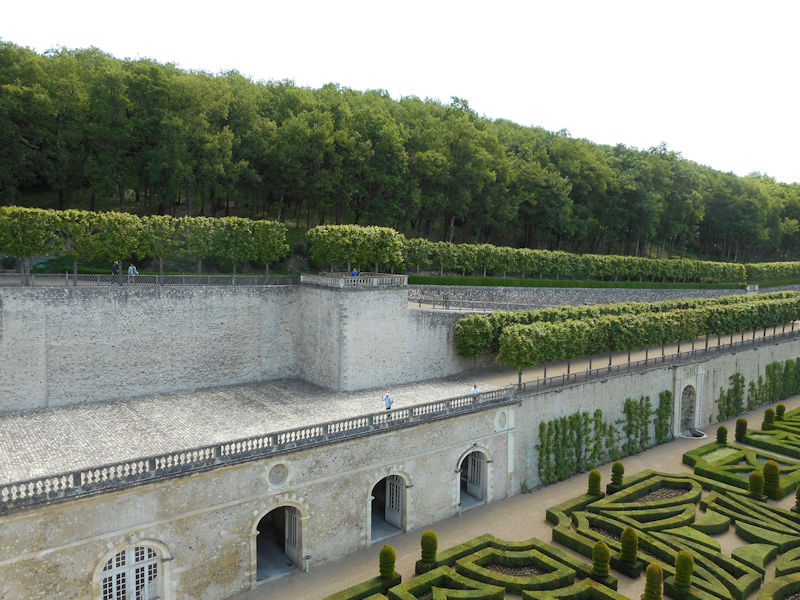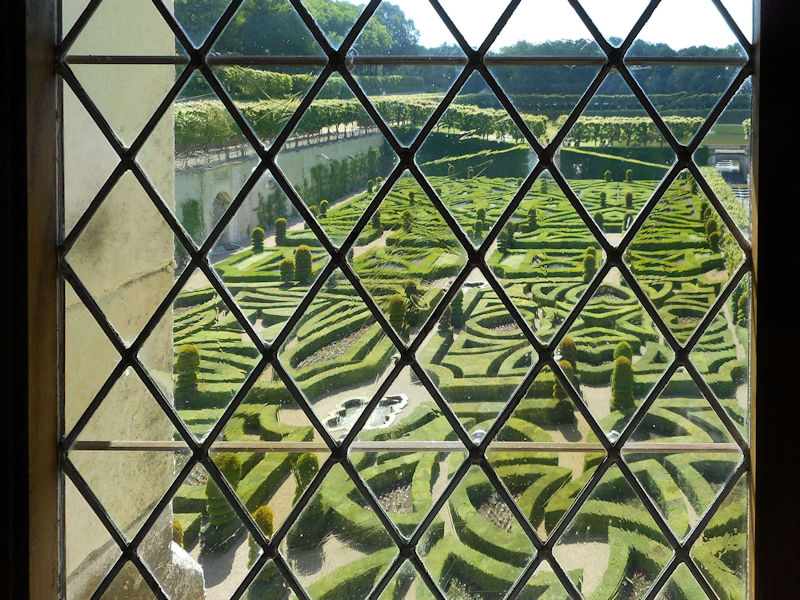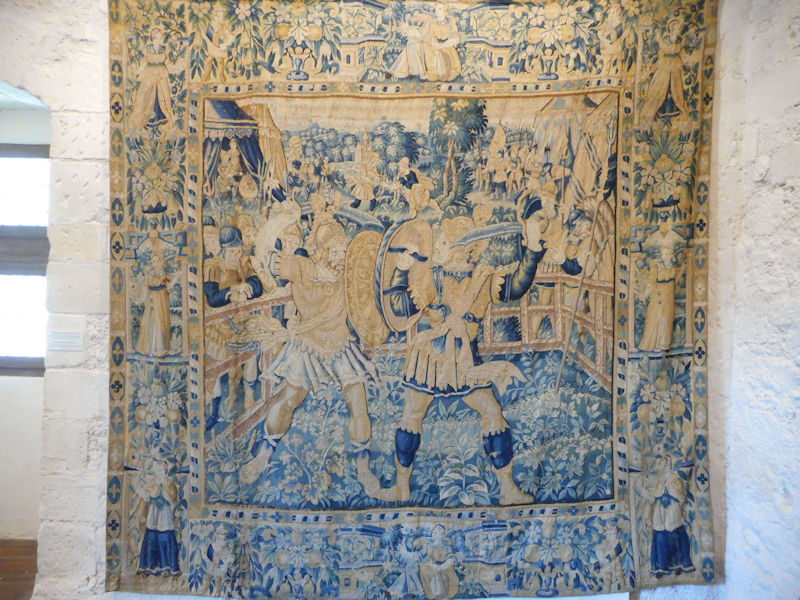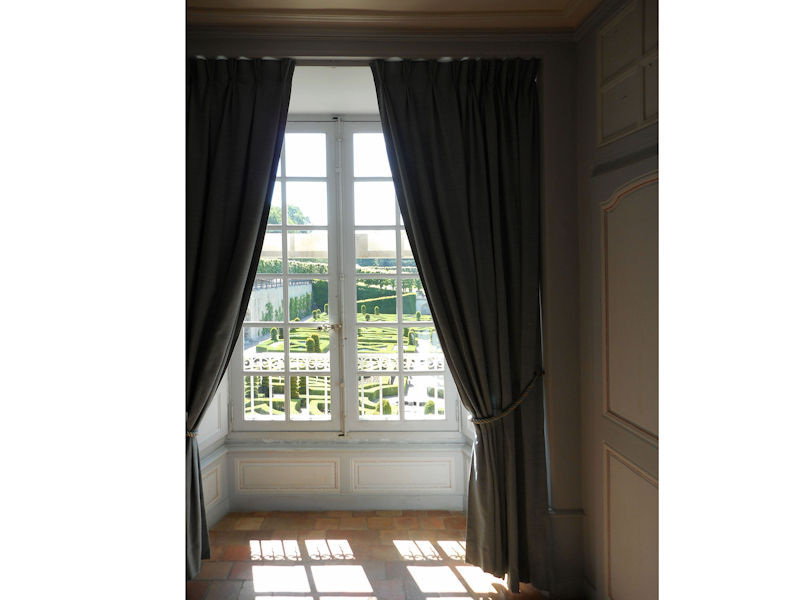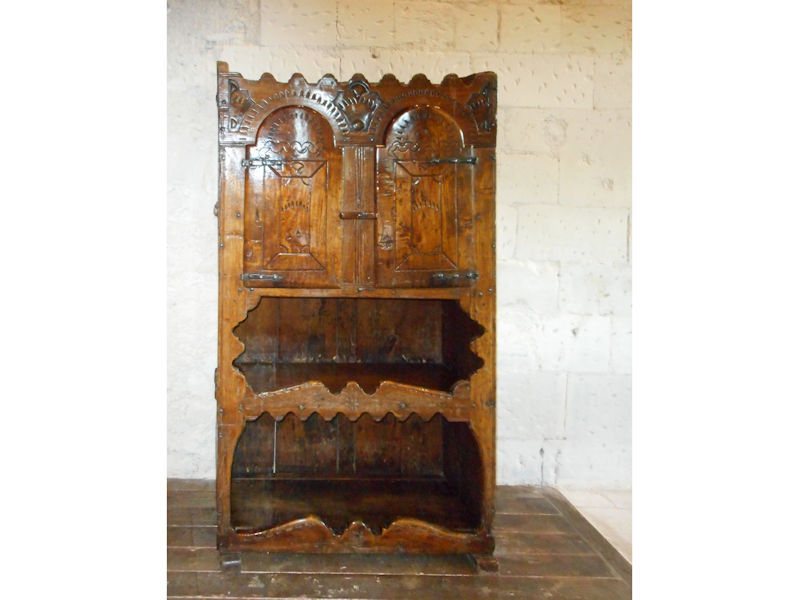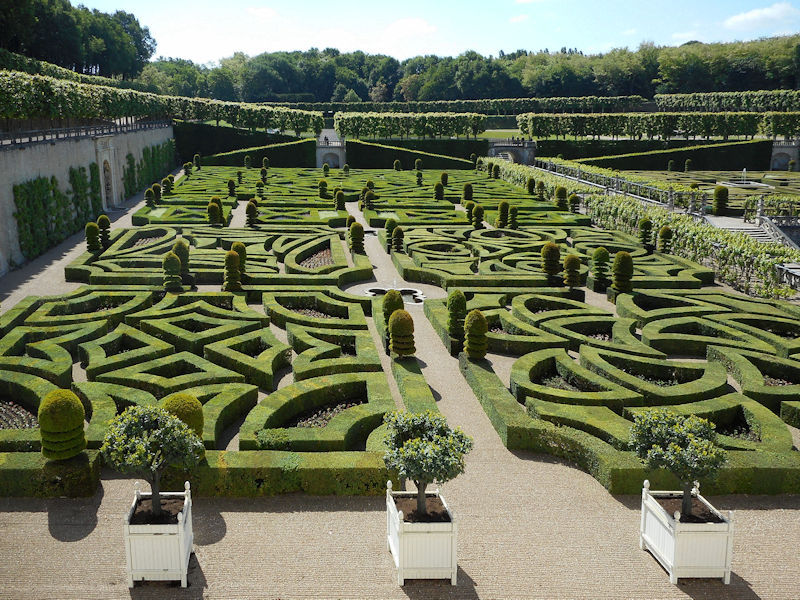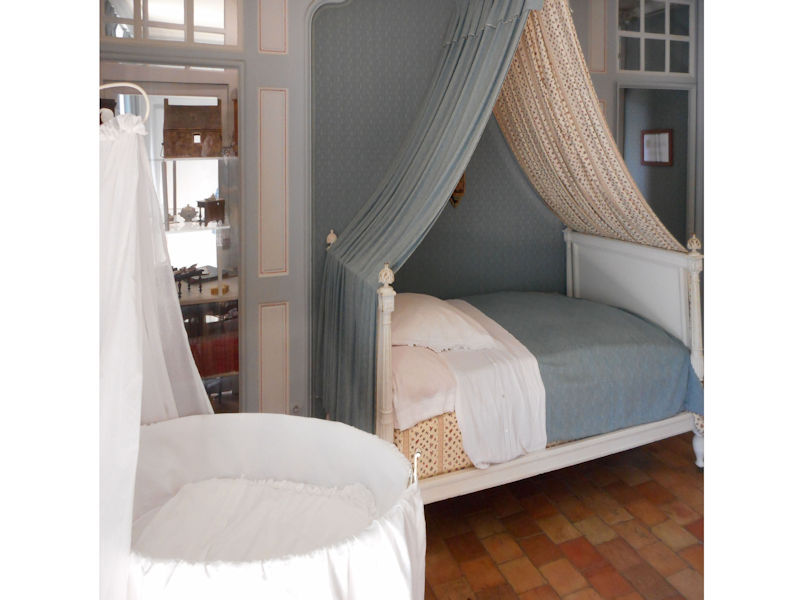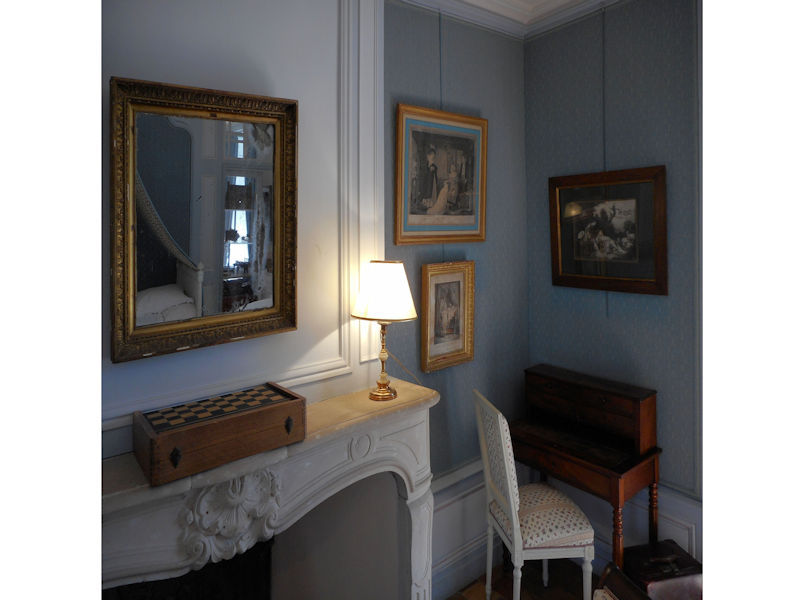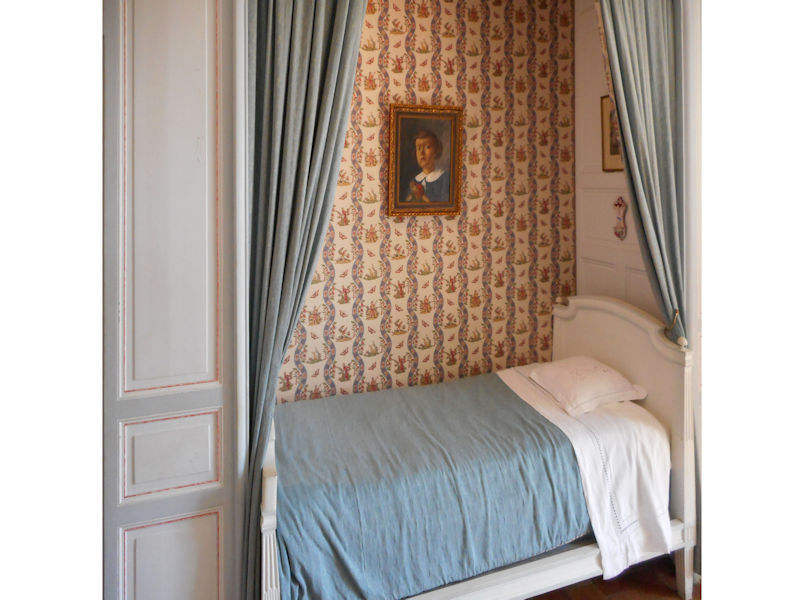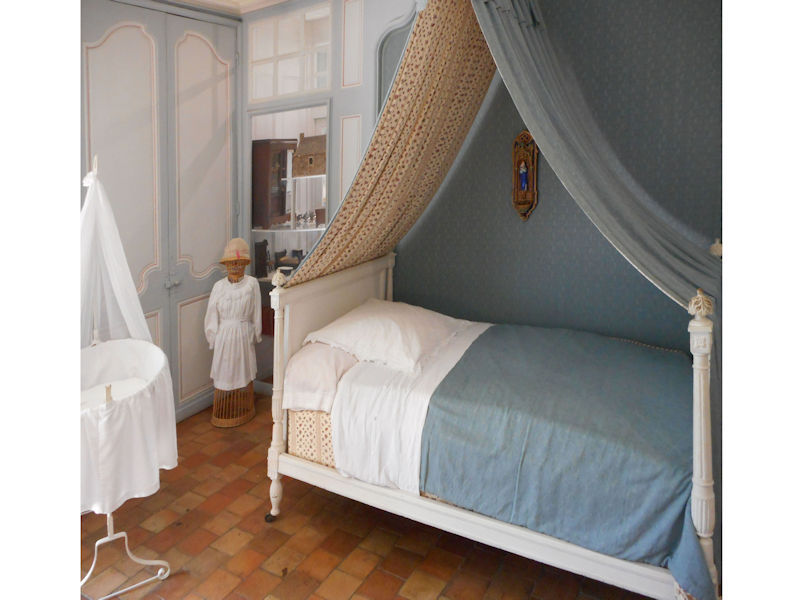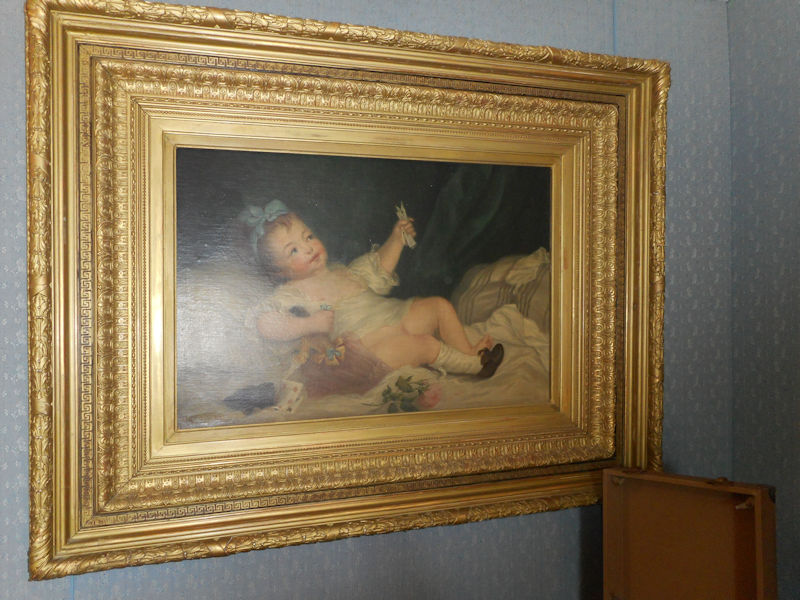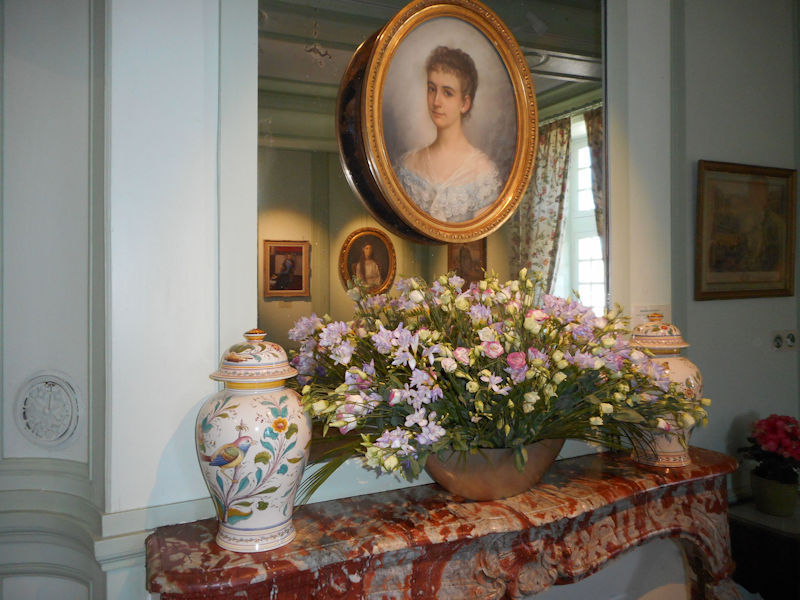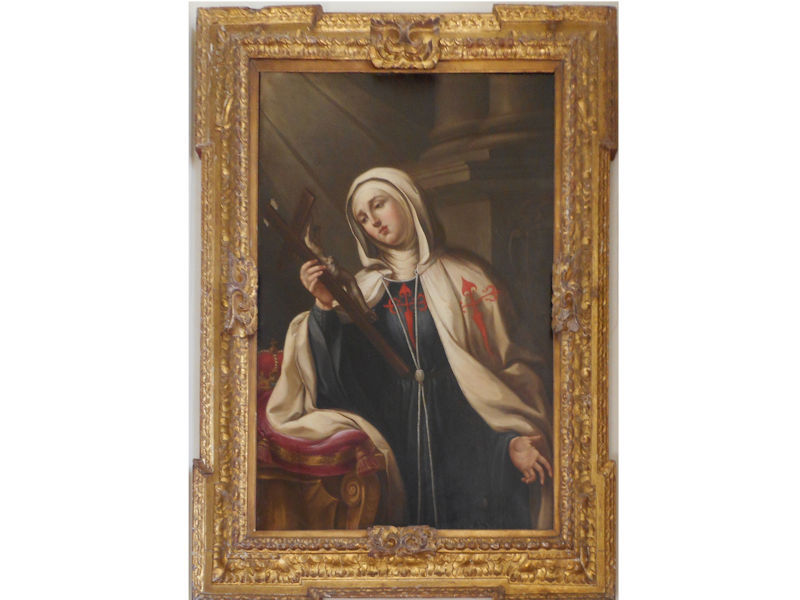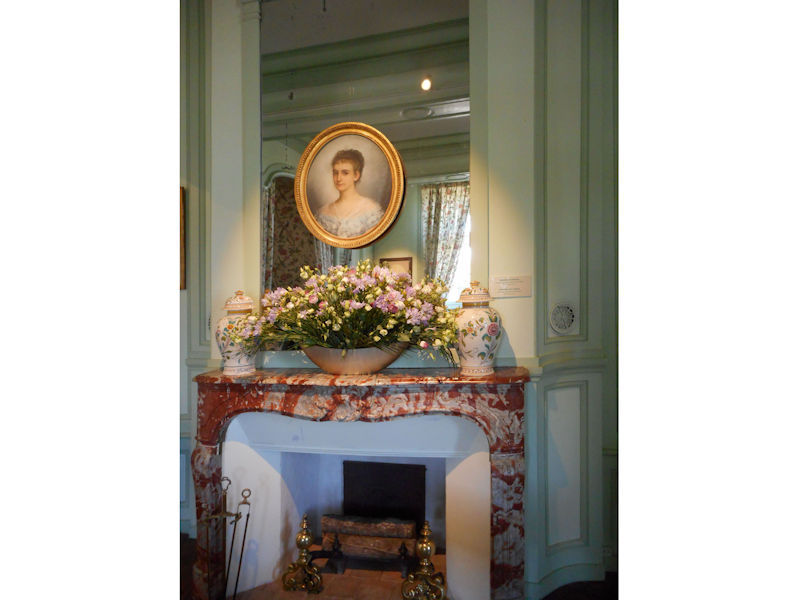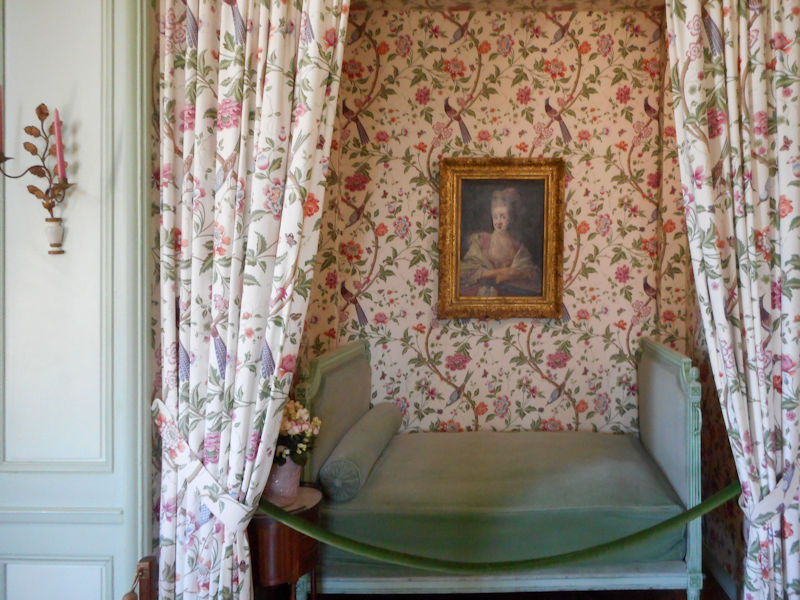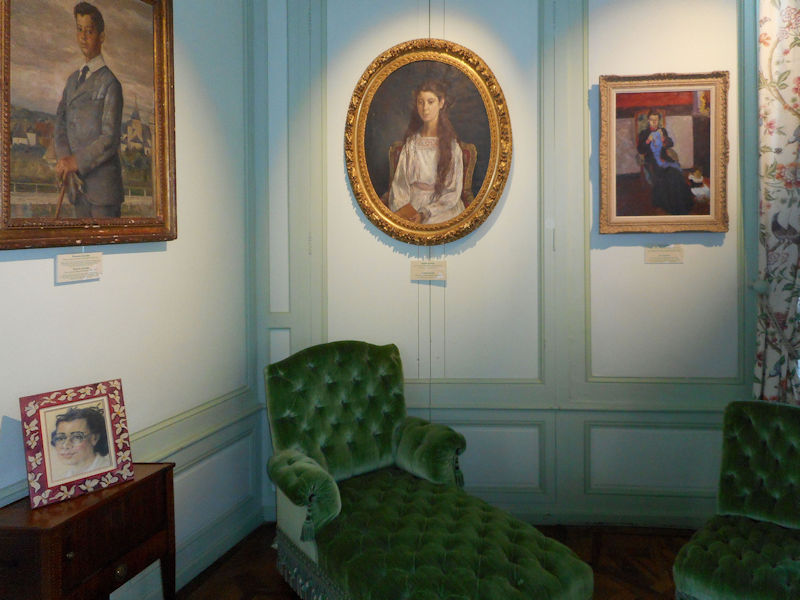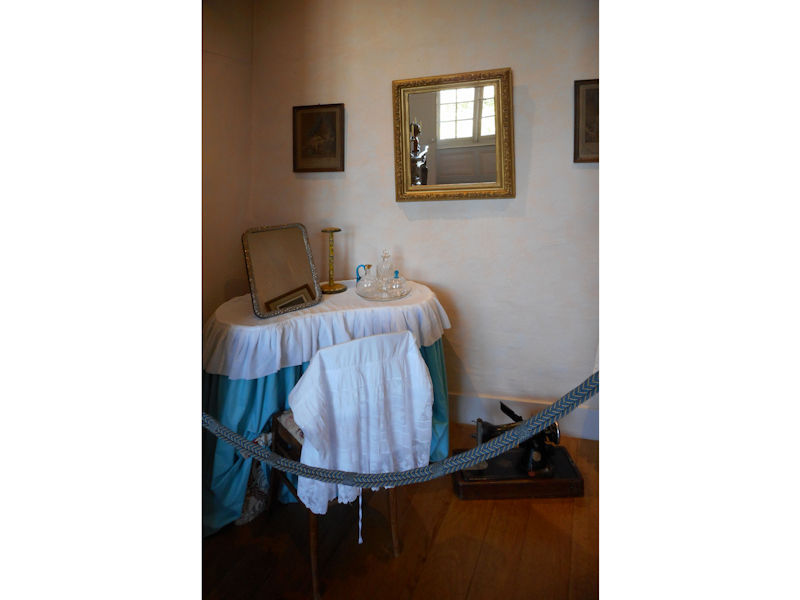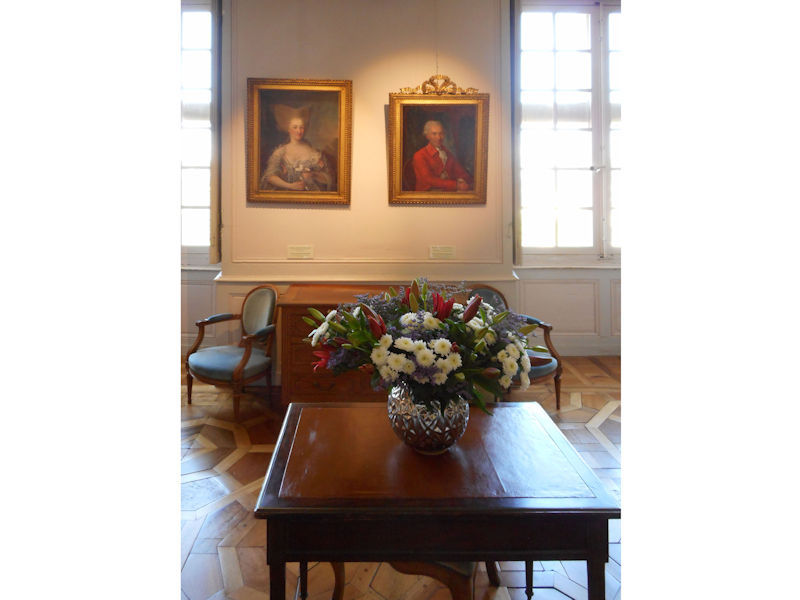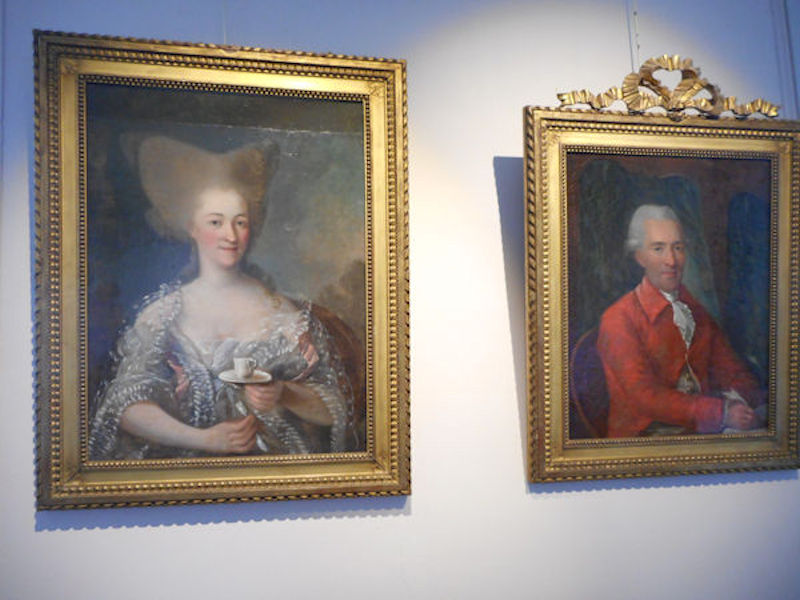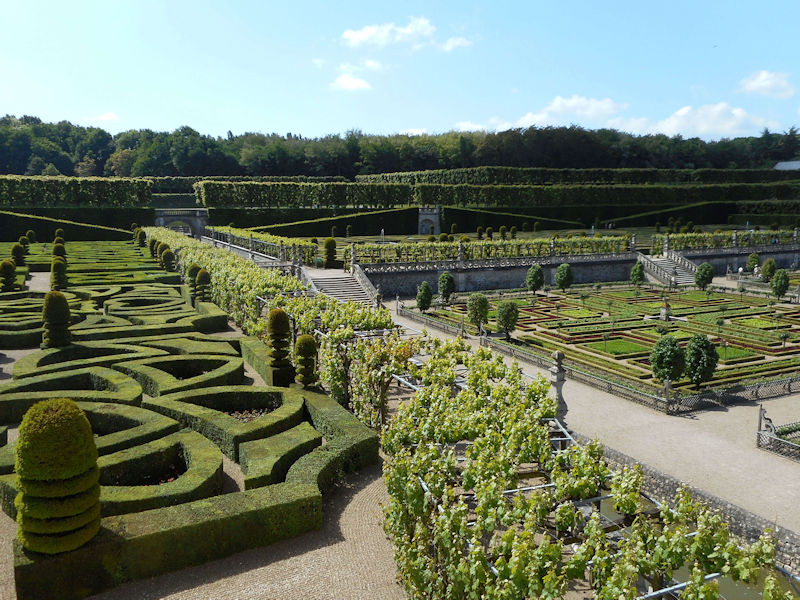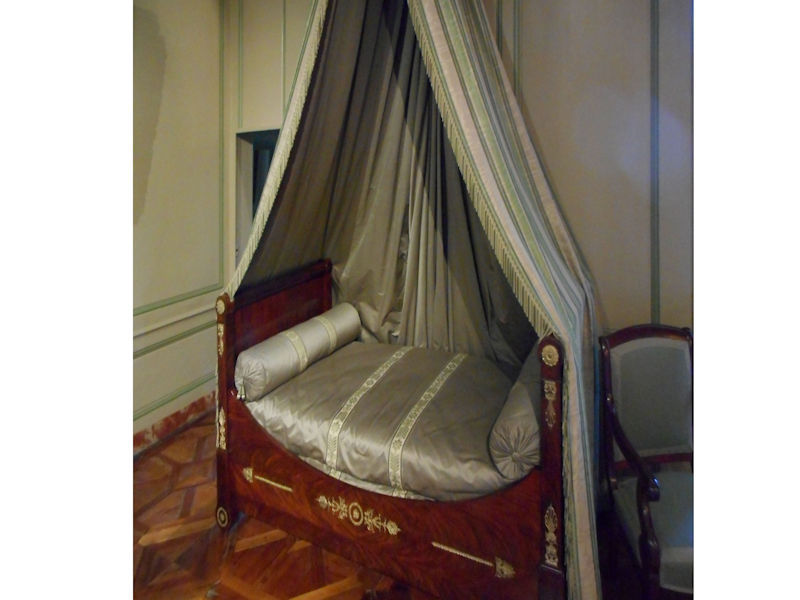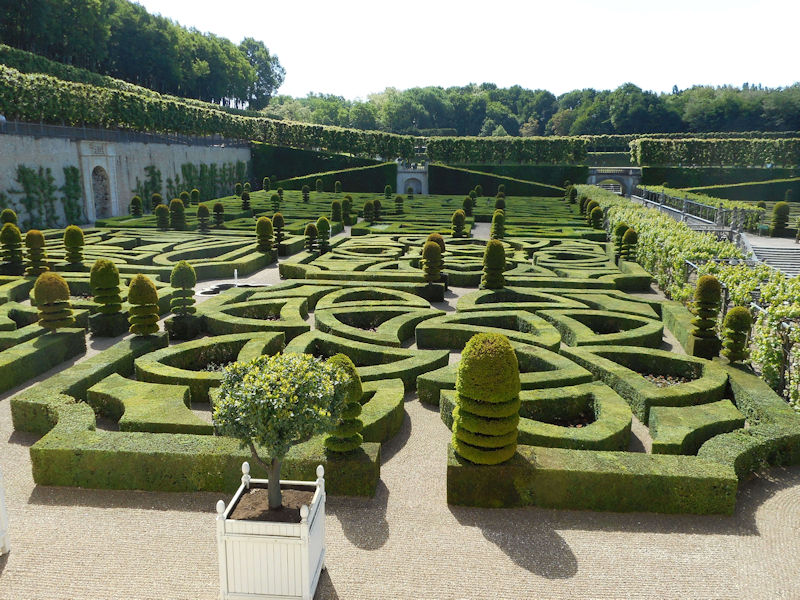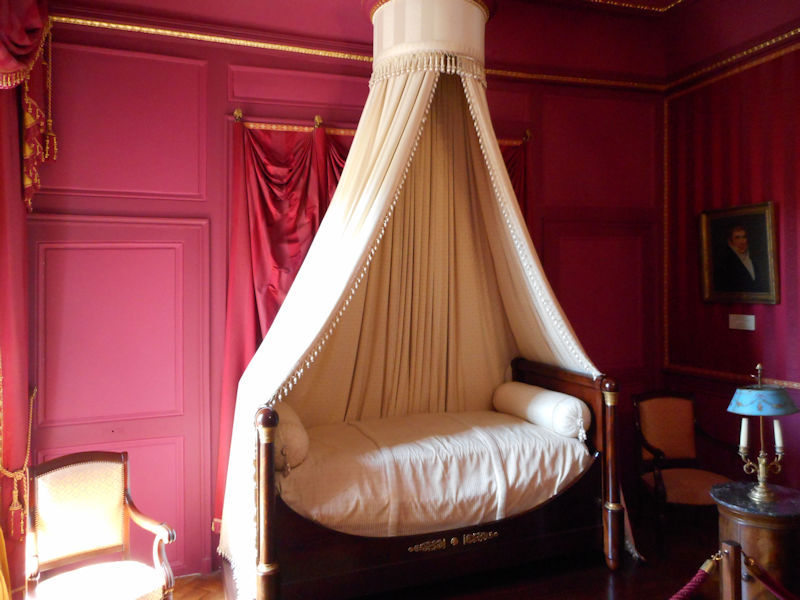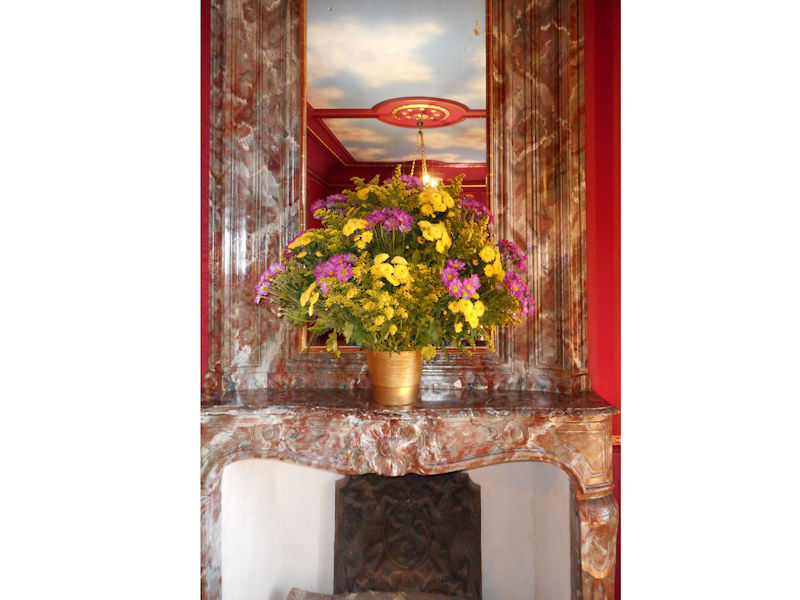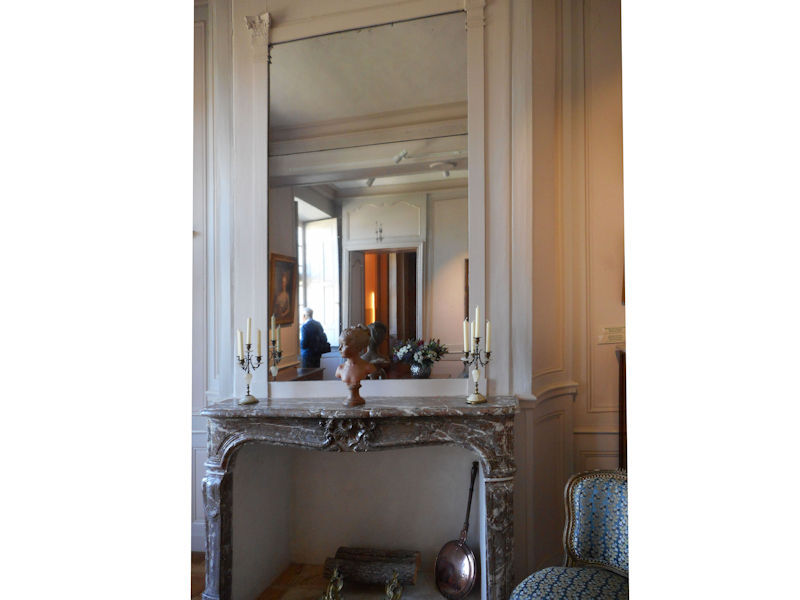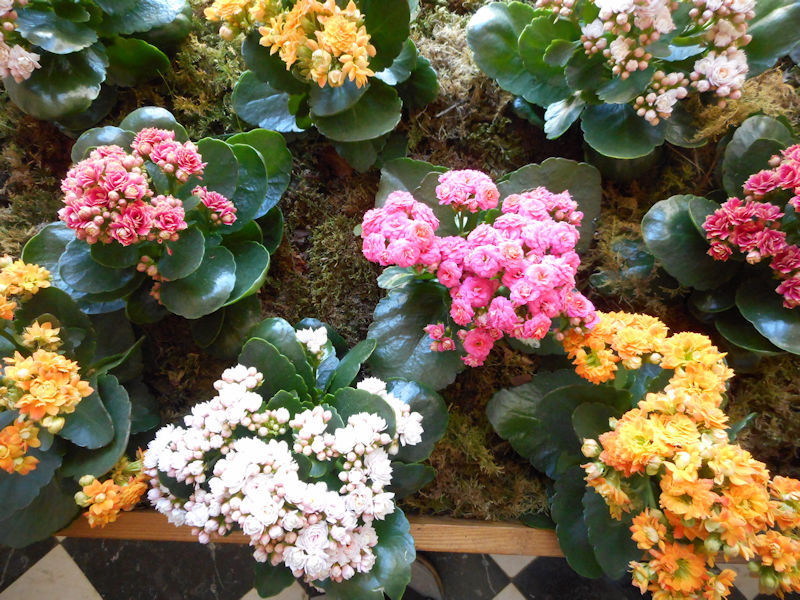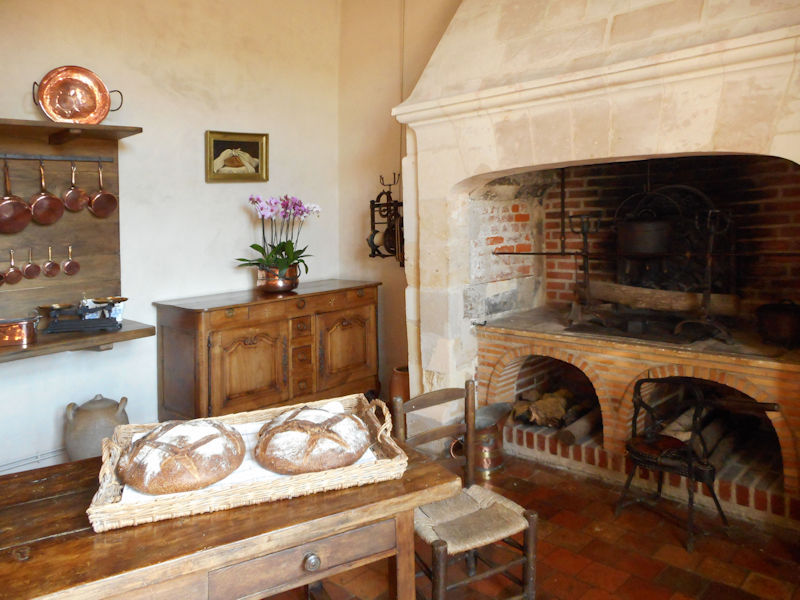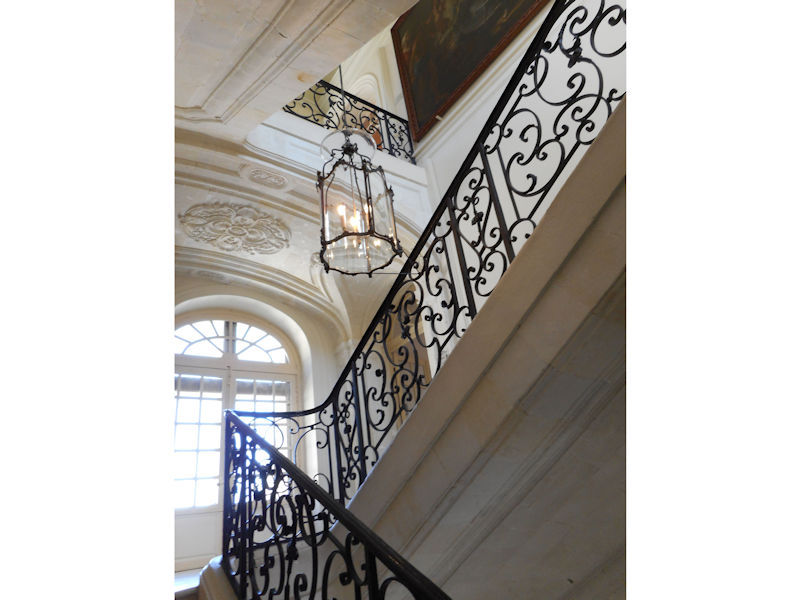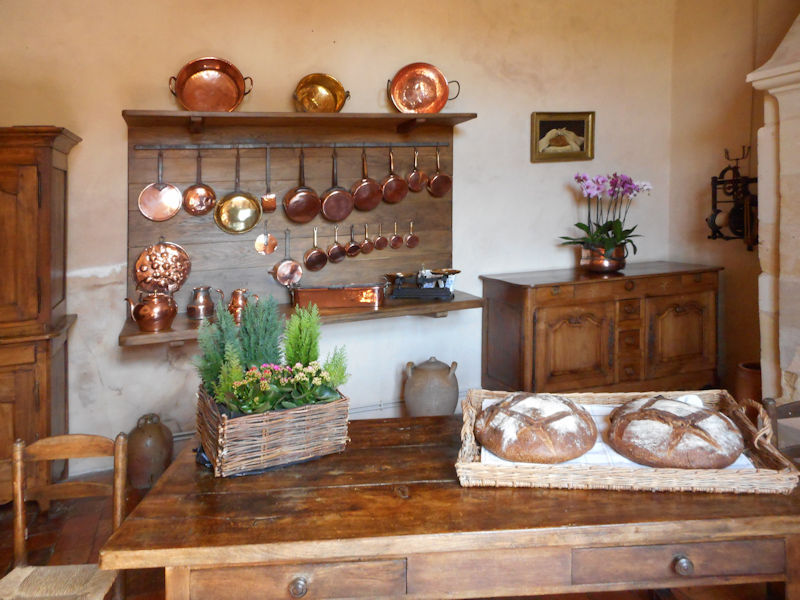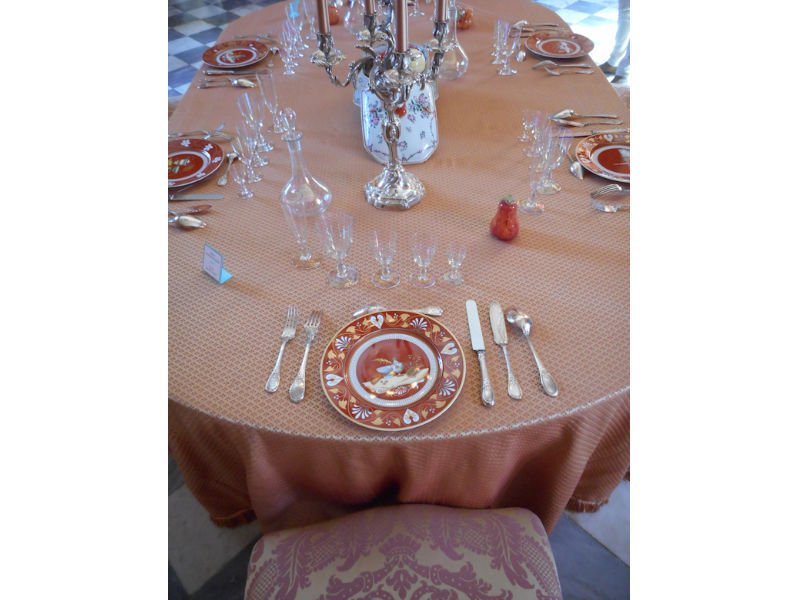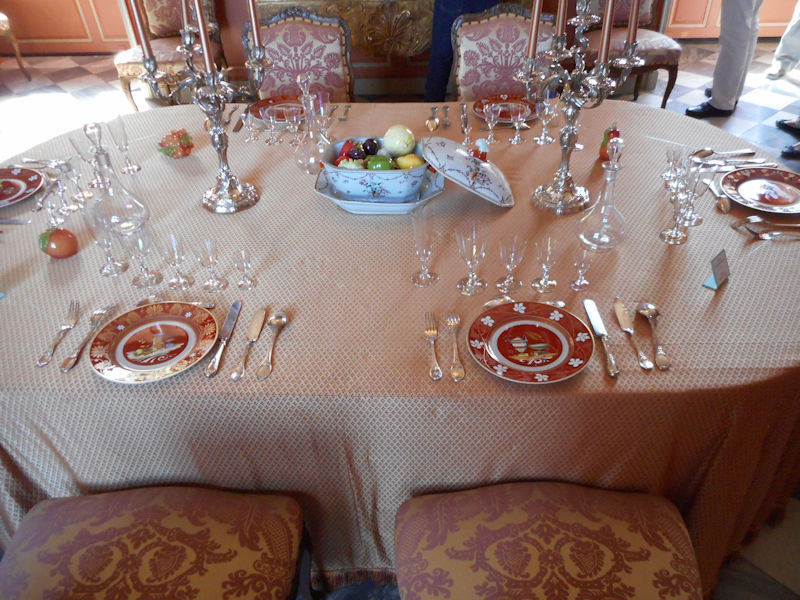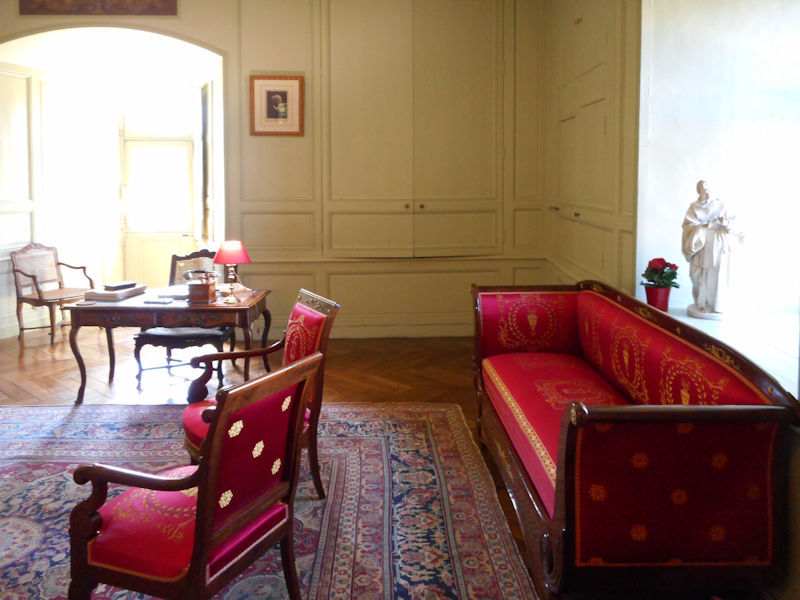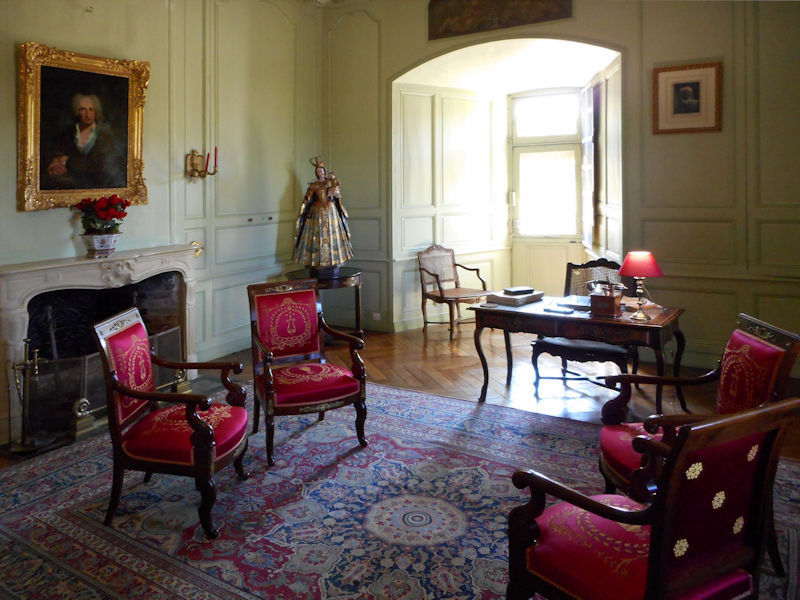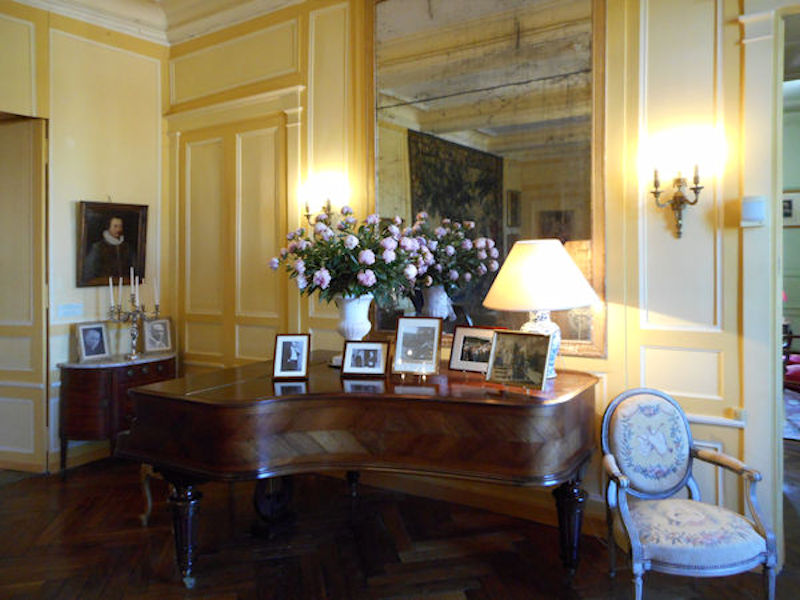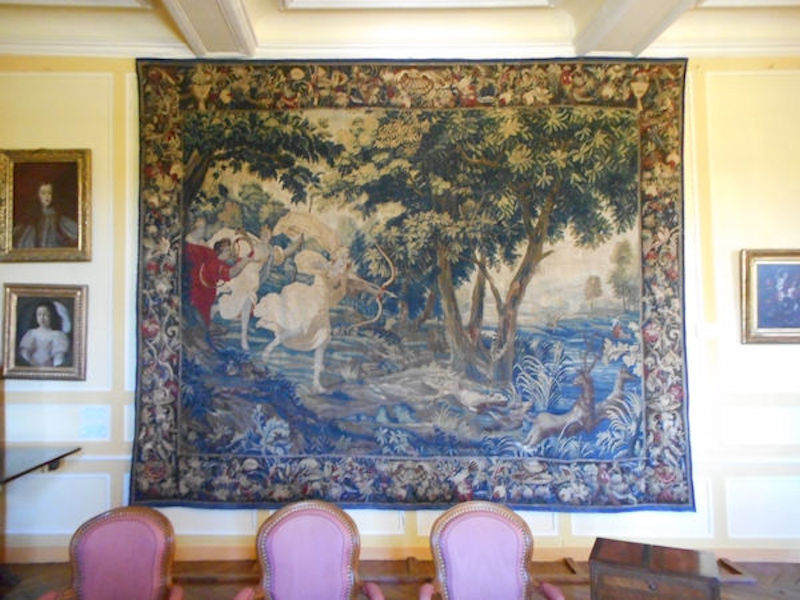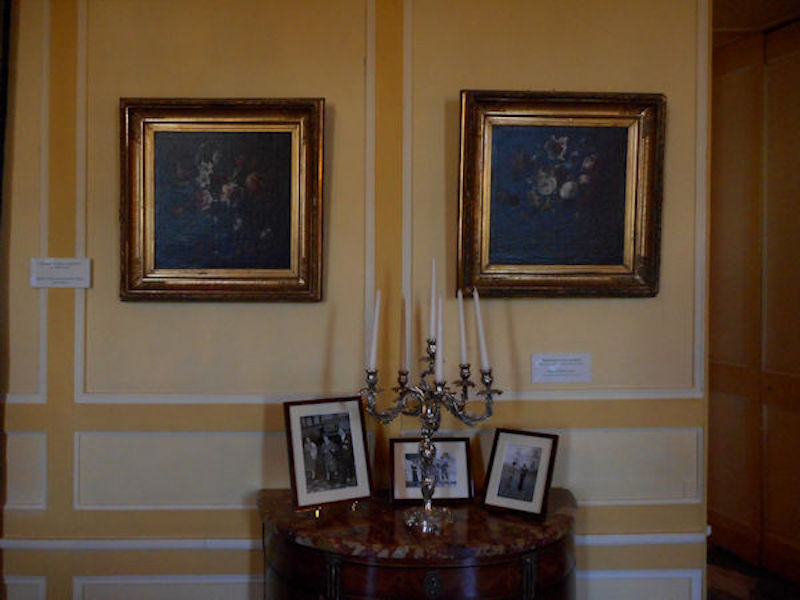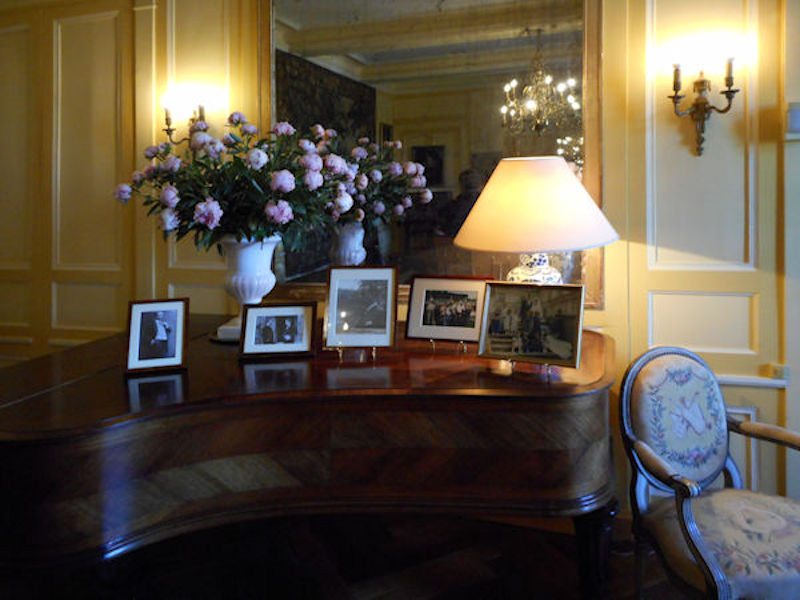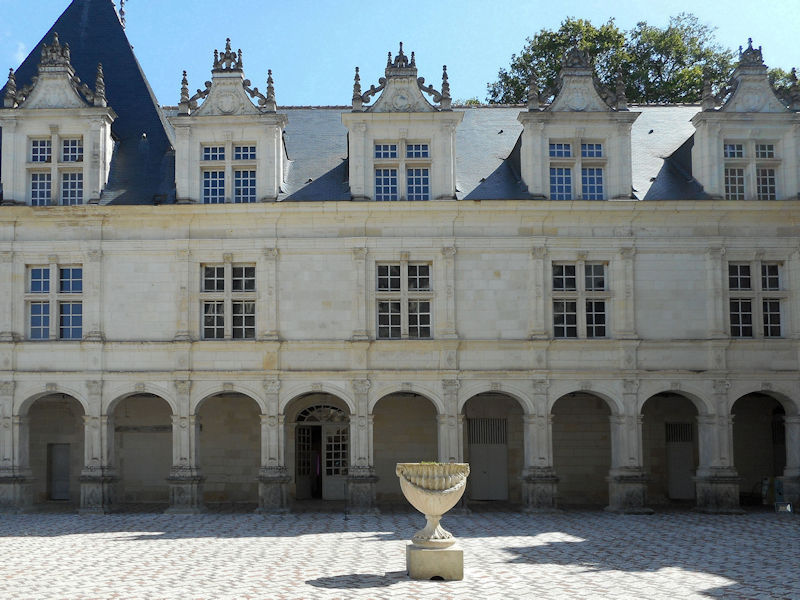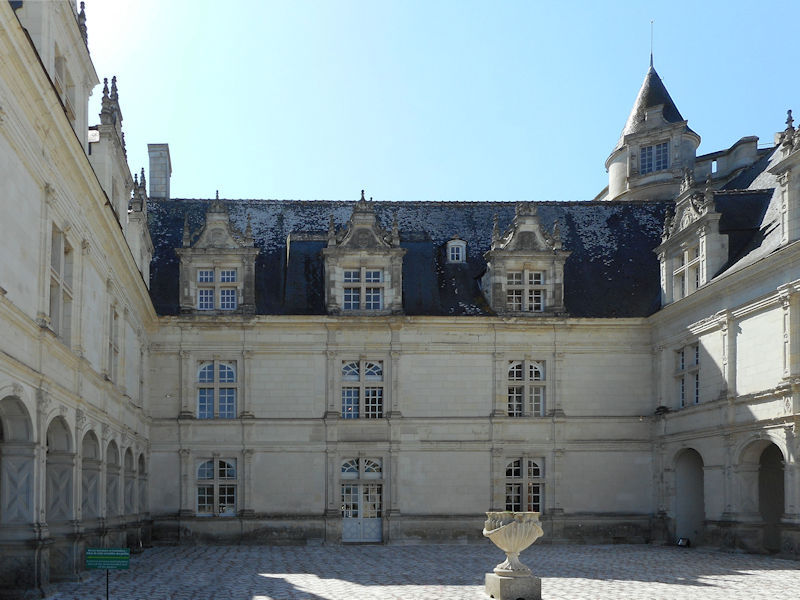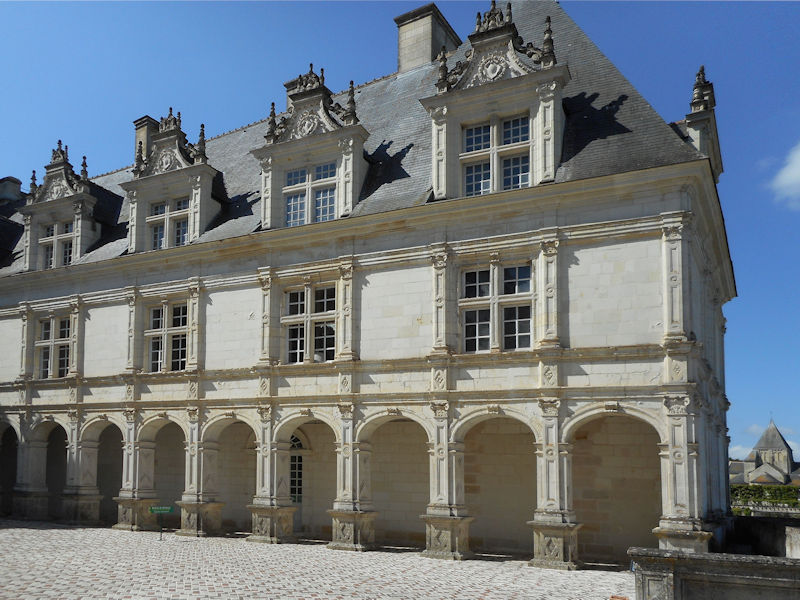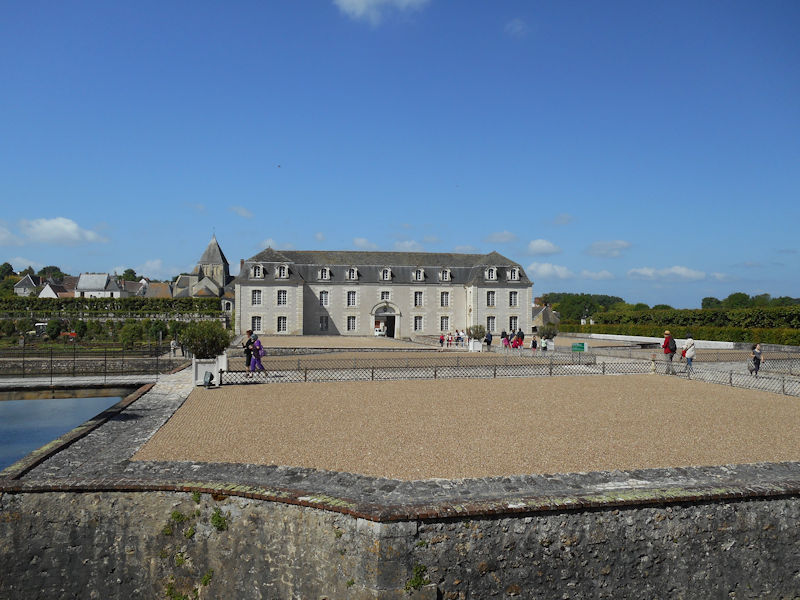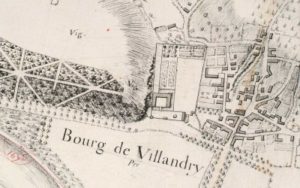
From the Villandry Official Website
Villandry is one of the great chateaux built on the banks of the Loire during the Renaissance. It has the distinctive feature of being the residence of neither a king nor a courtesan, but of Jean Le Breton, Minister of Finance for François I.
At Villandry, Jean Le Breton drew on his exceptional architectural experience acquired on a large number of sites, including the Chateau of Chambord, which he supervised and directed on behalf of the Crown over many years.
When he arrived in Villandry in 1532, he had the old feudal fortress razed to the ground, except for the keep, a dramatic testimony to the conference held on 4 July 1189 at which Henry II of England (Henry Plantagenet) admitted his defeat before King Philip Augustus of France, signing the treaty known as “La Paix de Colombiers ” (The Peace of Colombiers) two days before he died.
In place of the fortress, he had three apparently simple main structures built adjoining the keep, to form a horseshoe opening onto the valley through which the Cher and the Loire flow. Arcades, mullioned windows surrounded by richly decorated pilasters, high lucarnes with sculpted curves and broad, steeply sloping slate roofs frame a main courtyard in proportions of rare elegance, the whole stamped with the architectural principle of the period: symmetry.
Despite being nearby and almost contemporary to Azay-le-Rideau, at Villandry the Italian influences and medieval references – turrets, pinnacles, decorative machicolations – completely disappeared to make way for a simpler, purely French style which, in particular as regards the form of the roofs, prefigured Anet, Fontainebleau and what was to become Henry IV style. Villandry’s originality lies not only in its avant-garde architectural design; it is also to be found in the use made of the site on which it was built, in complete harmony with nature and stone, with gardens of outstanding beauty.
However as a result of architectural changes made in the 18th century, the Renaissance chateau had lost its character and remained that way until 1906. In the early 20th century, Dr Joachim Carvallo and his wife Ann Coleman, heir to an American iron and steel empire, purchased Villandry. Leaving behind the laboratories of the Paris Faculty of Medicine where, a favourite disciple of Charles Richet (winner of the Nobel Prize in 1913), he was conducting advanced research into the physiology of digestion, Carvallo put all his energies and fortune into restoring Villandry to its former glory. With the help of a team of 100 stonemasons, he returned the chateau’s façades to their Renaissance beauty.
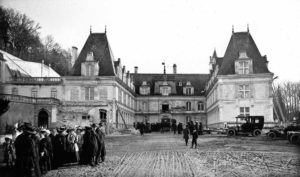
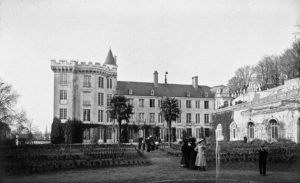
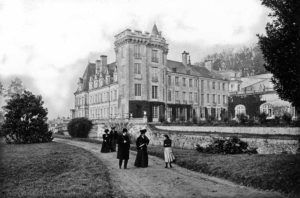
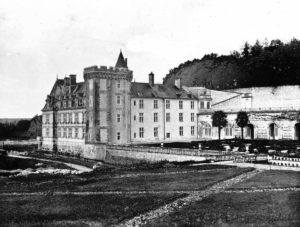
The gardens of Villandry above, before restoration to their Renaissance glory by Carvallo
The acquisition of Villandry by Joachim Carvallo marked a return to their roots for the gardens. Already known for their beauty in the Renaissance, different owners successively transformed them, now into a formal garden, now a romantic garden. With a scientist’s meticulousness, Carvallo recreated gardens that were worthy of the restored chateau. The gardens had changed drastically over time. Ever since the construction of the Chateau of Villandry in 1532, outstanding gardens had embellished the building. The passage of time and changing fashions meant they underwent drastic changes in appearance. Archeological findings tell us how, in the Renaissance, there was a decorative kitchen garden at close proximity to the chateau.
In the 18th century, the grounds were enlarged and enriched with a formal garden, then an ornamental lake in the shape of a Louis XV mirror. When Joachim Carvallo visited Villandry in 1906, he found: « The grounds [are] landscaped in the English style, all undulations and hillocks (…), planted with a good many recently imported exotic species – cedars, pines, thujas, magnolias – set in clumps on the slopes of artificial mounds. The chateau itself [is lost] in a forest of trees and greenery. »
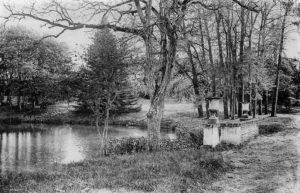
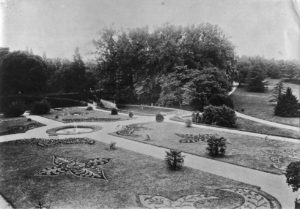
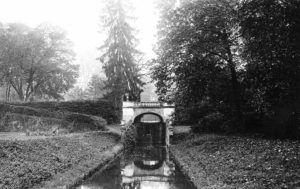
The romantic English garden was not to Carvallo’s taste and, between 1908 and 1918, he devoted himself to recreating the Renaissance gardens. He felt that the now restored Renaissance chateau ought to have fitting gardens. As a man of science, he used a scientific approach to assemble a series of archeological and literary clues. By comparing the remains of walls and pipes against old plans, such as those of the Marquis de Castellane and the Napoleonic land register, Carvallo was able to recreate the decorative kitchen garden, while works like Les Plus Excellents bâtiments de France or the Monasticon Gallicanum gave him an idea of Renaissance landscaping. To recreate the ornamental salons on their original terraces, he called on the painter Lozano and Spanish artist and landscape architect Javier de Winthuysen to design the salon of the crosses and the salon of love. The salon of music was designed by Joachim himself. For the ‘classical’ water garden, typical of the 18th century, he used the Marquis of Castellane’s plans, preserved in the Napoleonic land register.
Far from being a mere replica of gardens reproduced in architectural treatises, the gardens of Villandry are a reinvention. From their layout to the choice of vegetables, everything was conceived in terms of a return to the origins of the Renaissance formal garden.
CLICK Refresh FOR SLIDES
